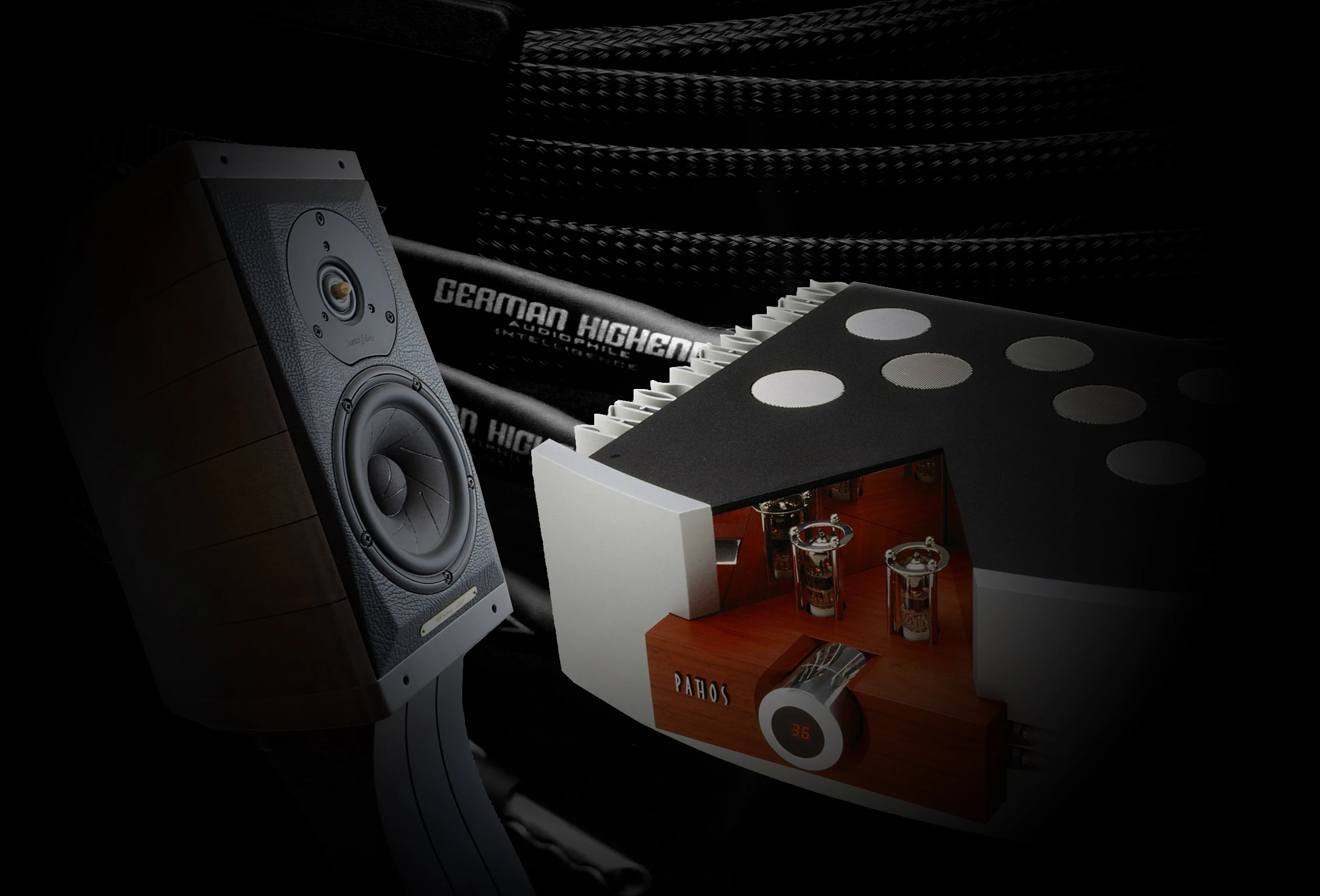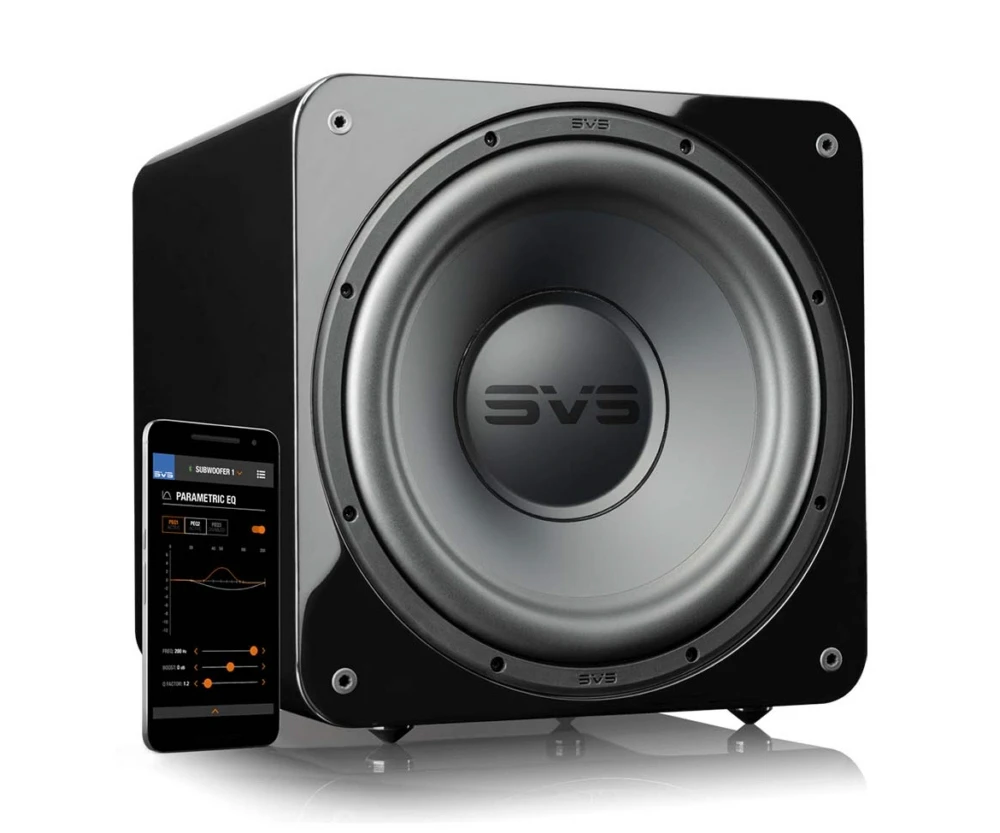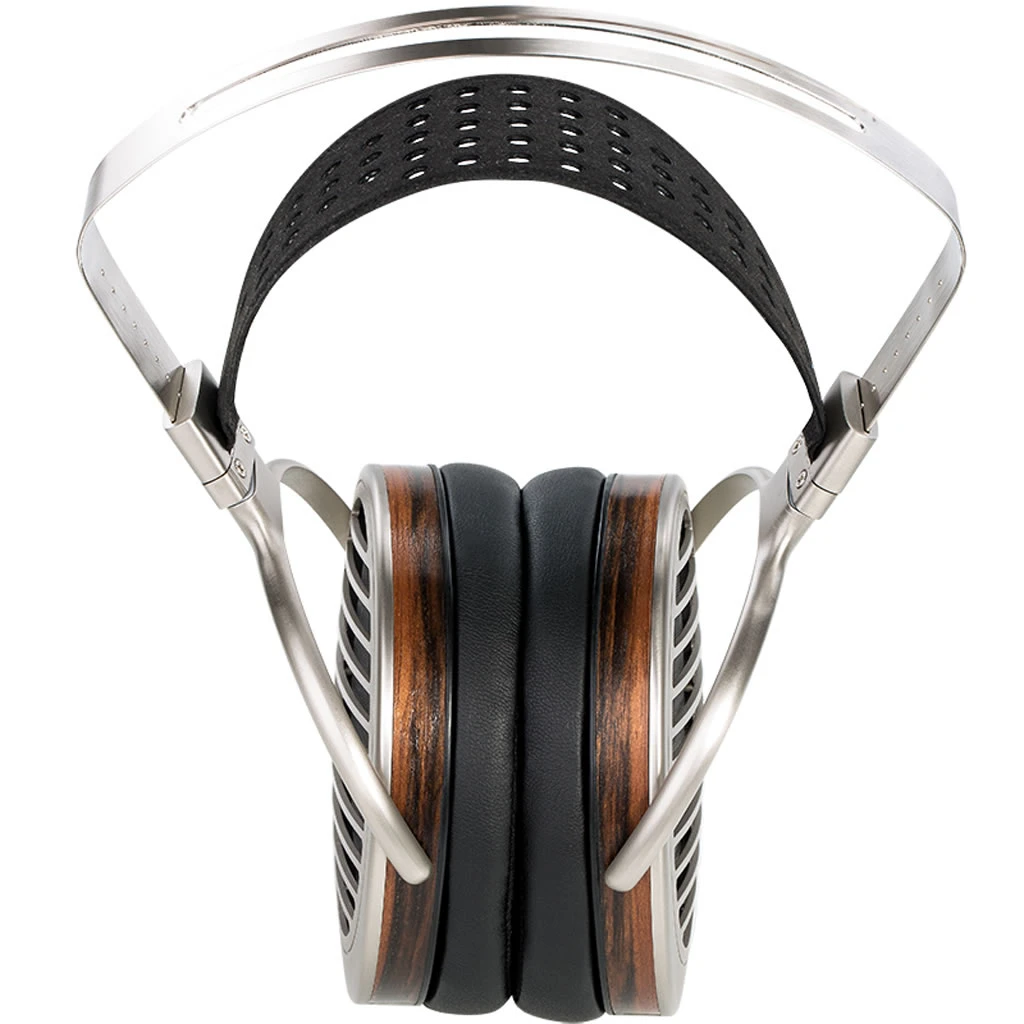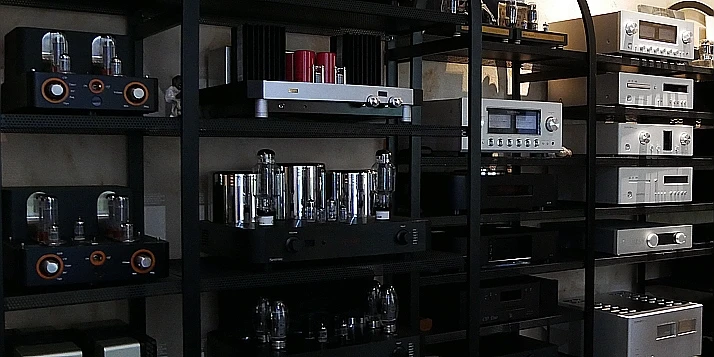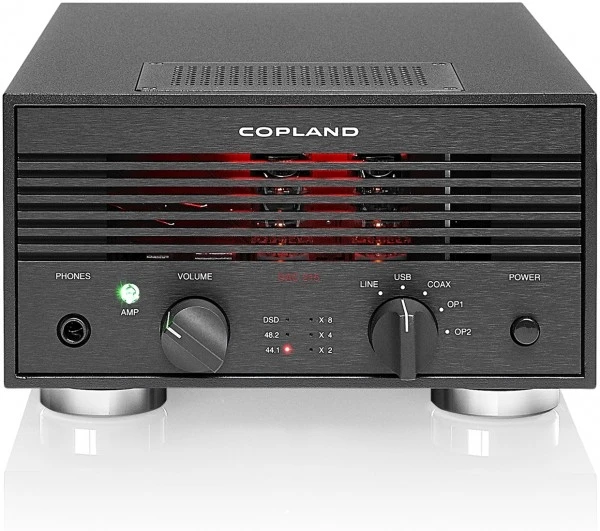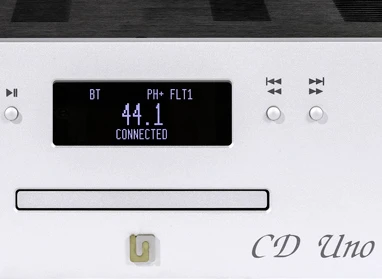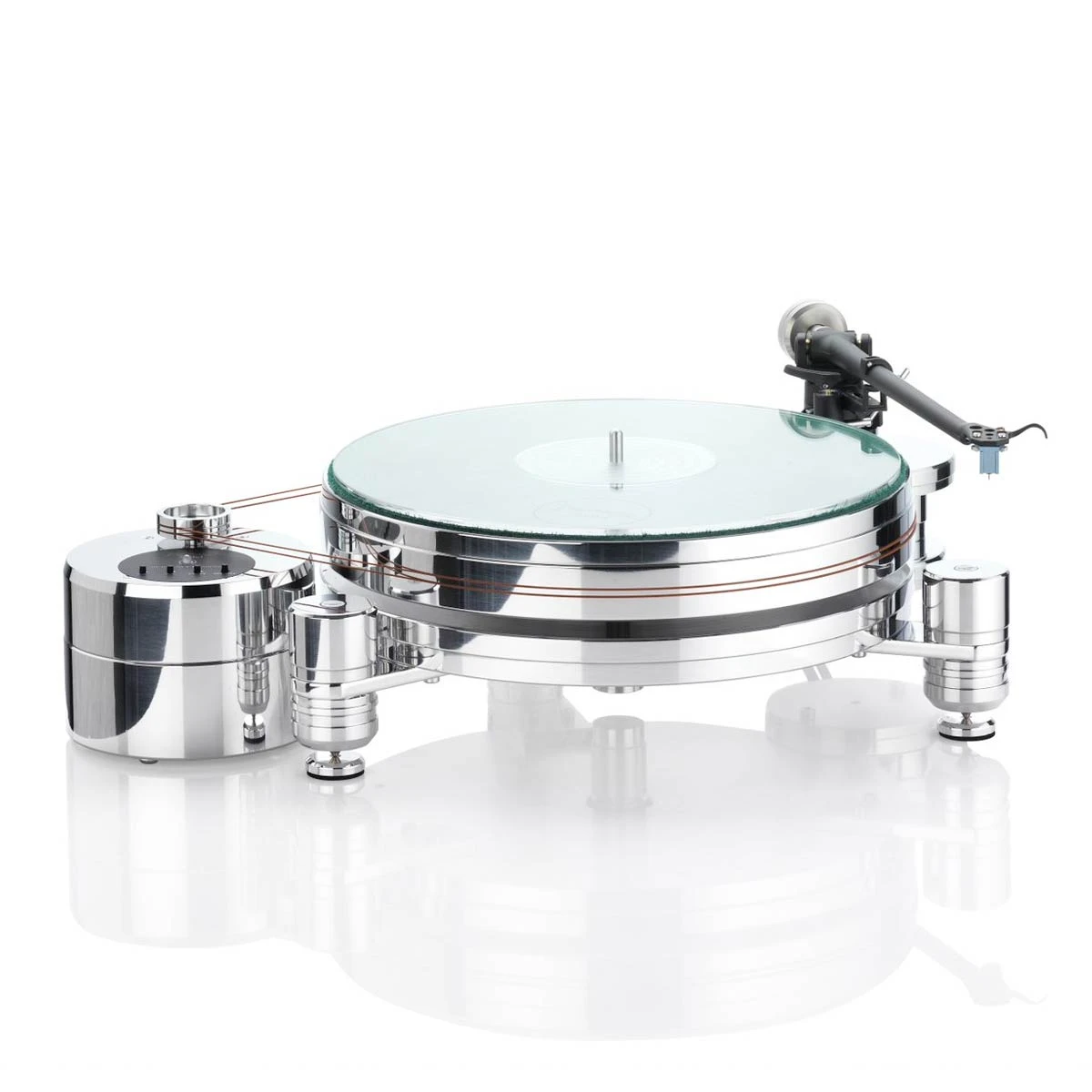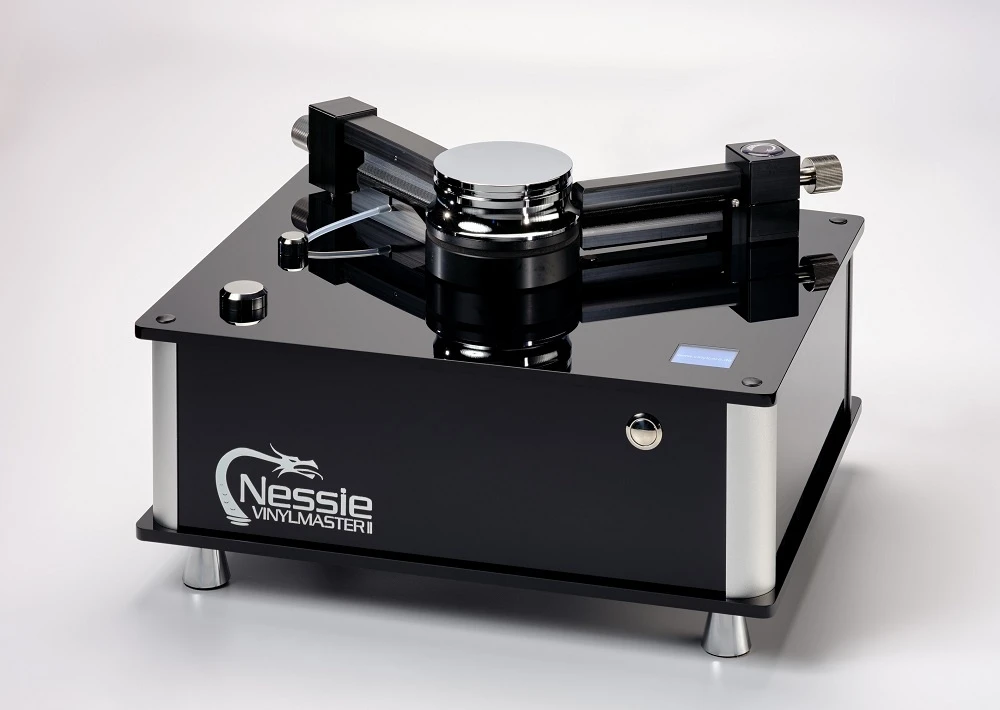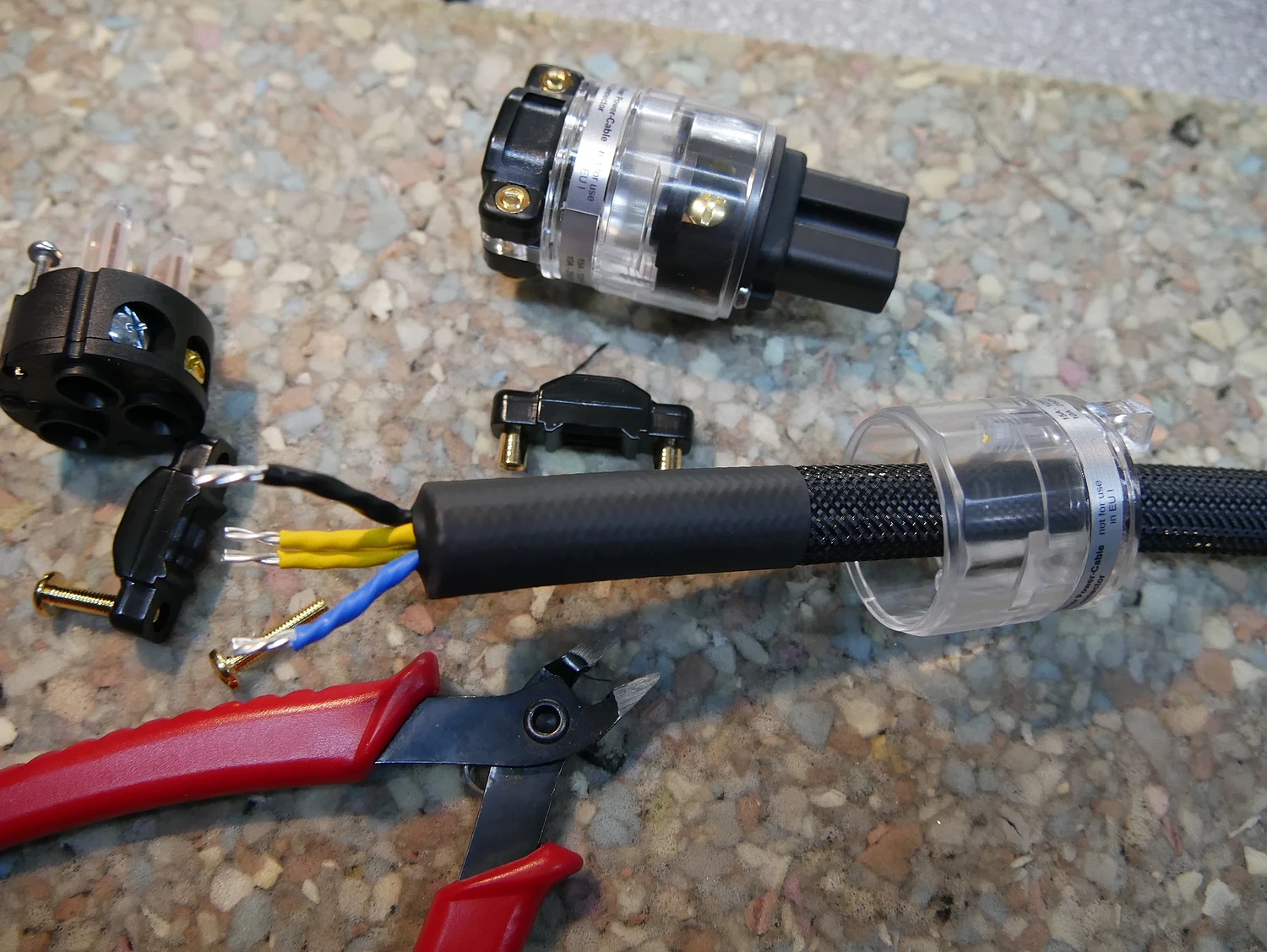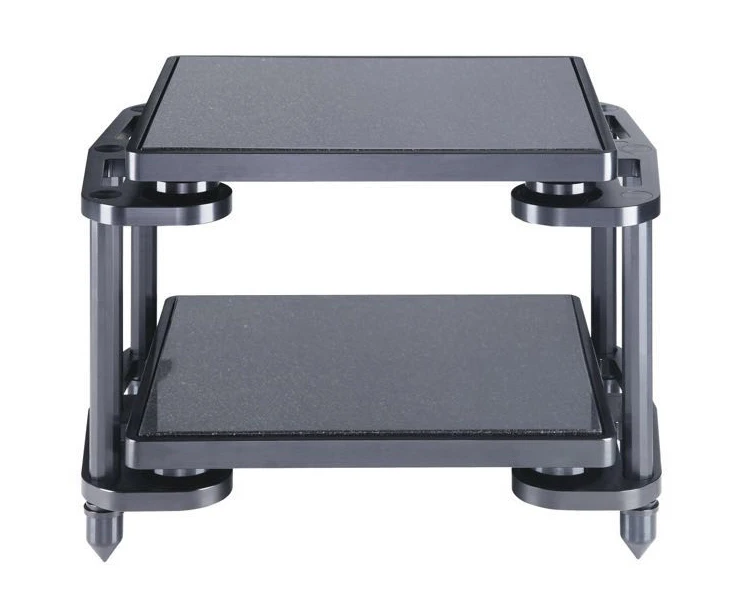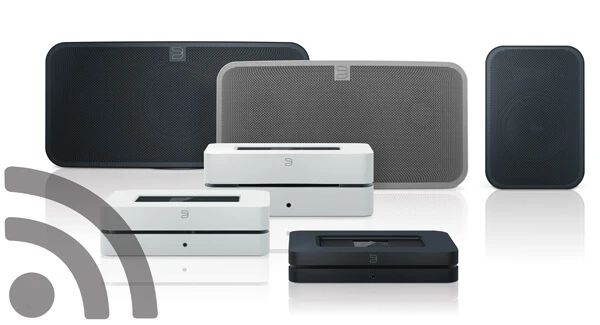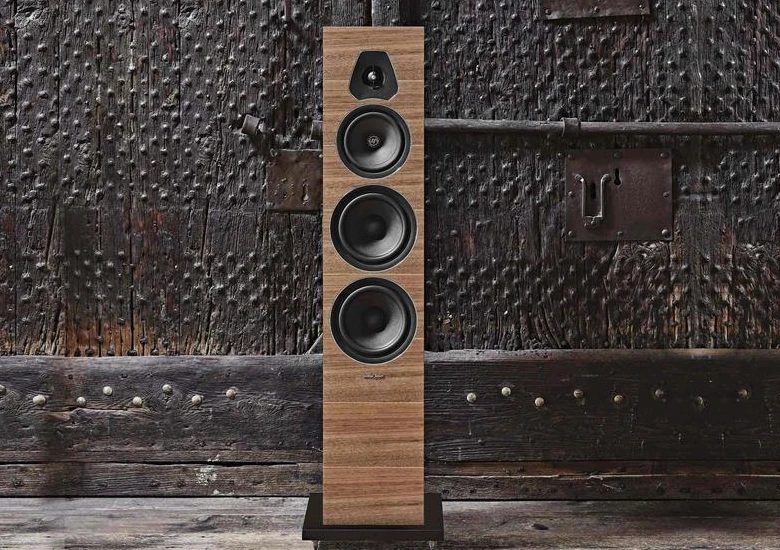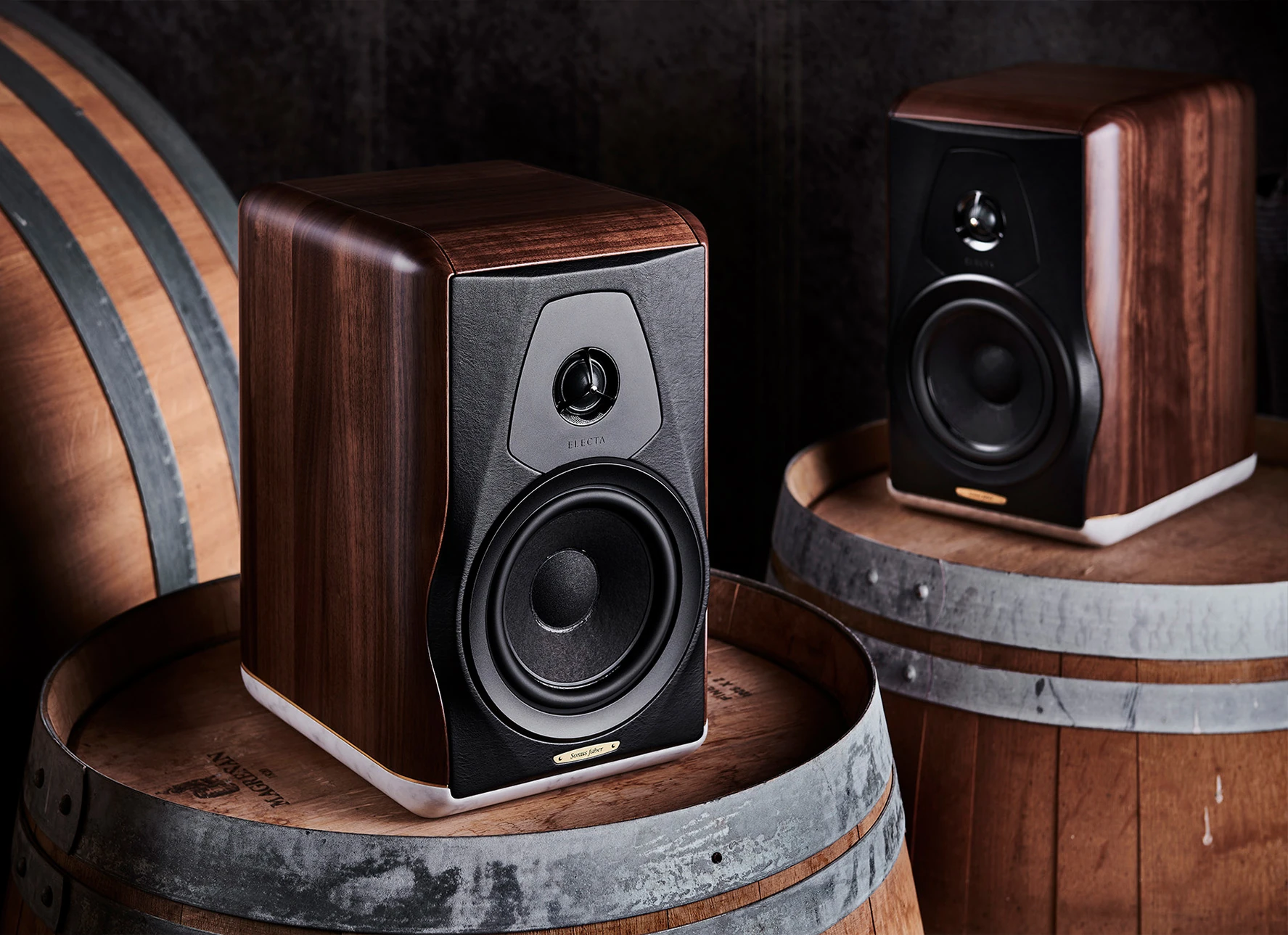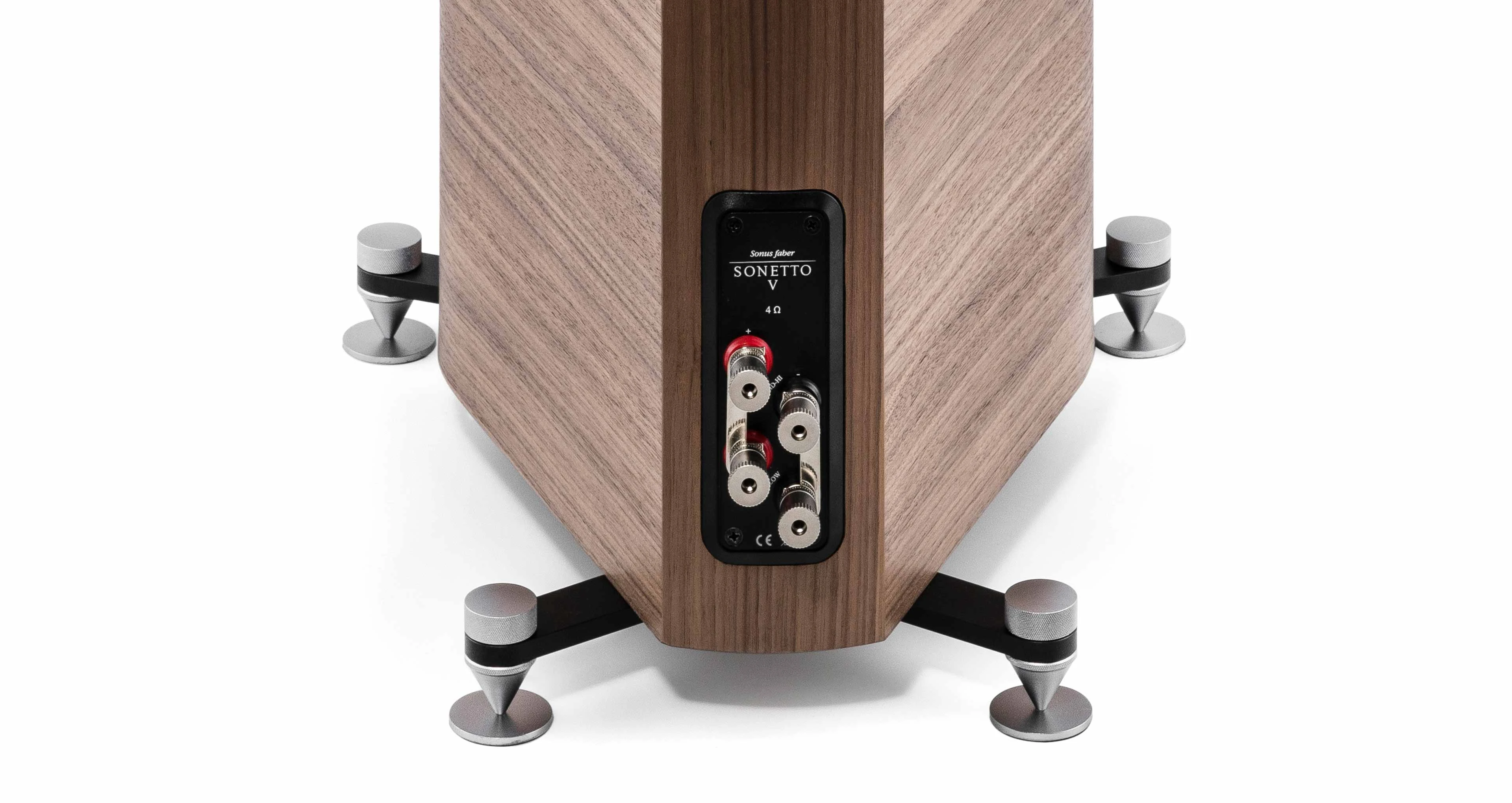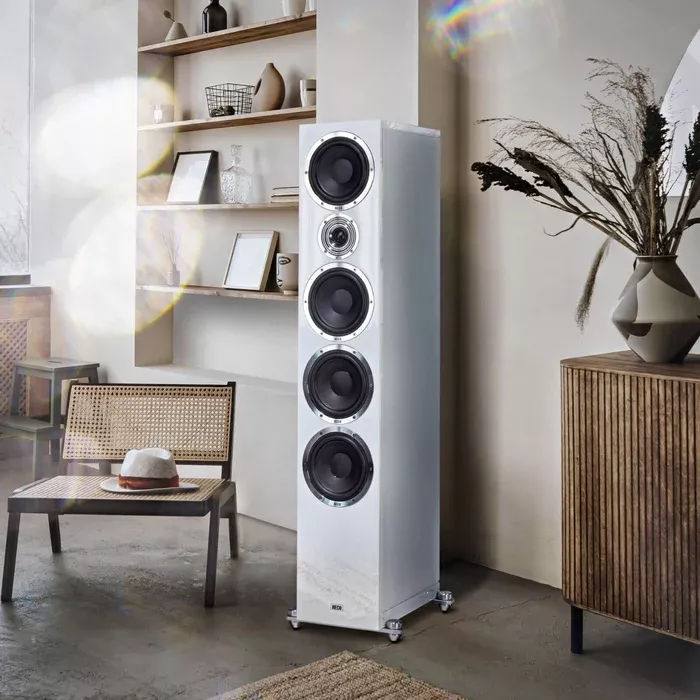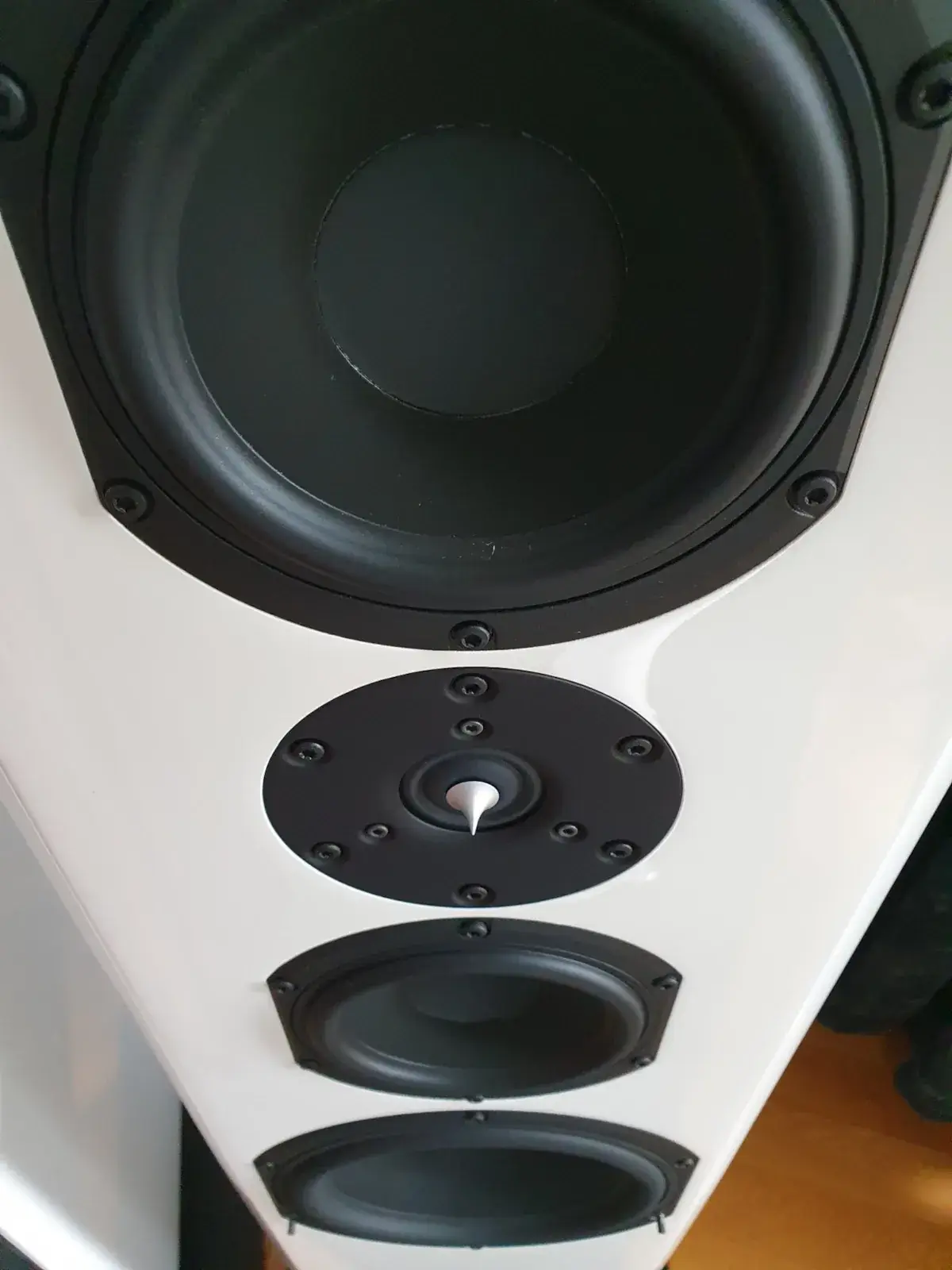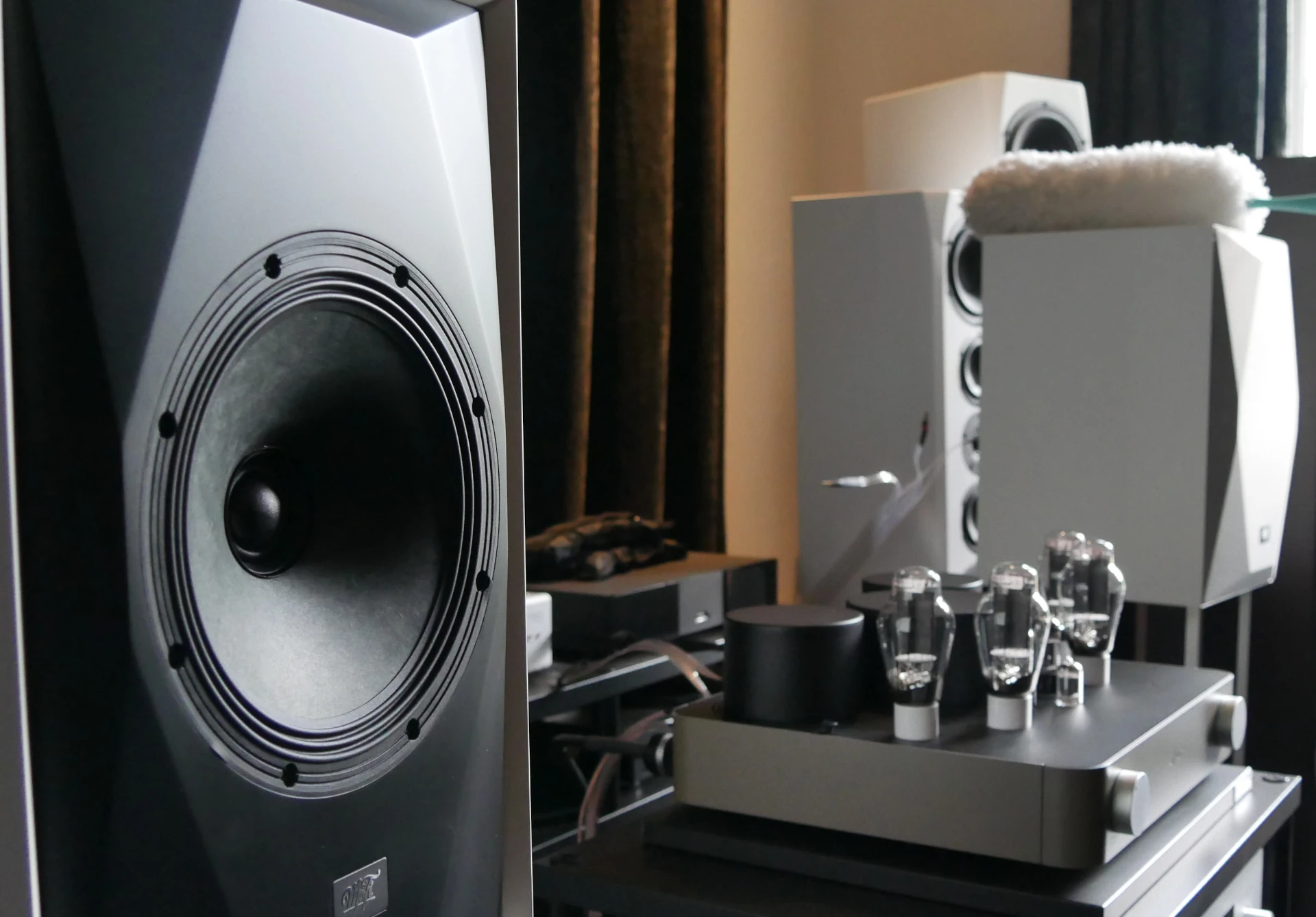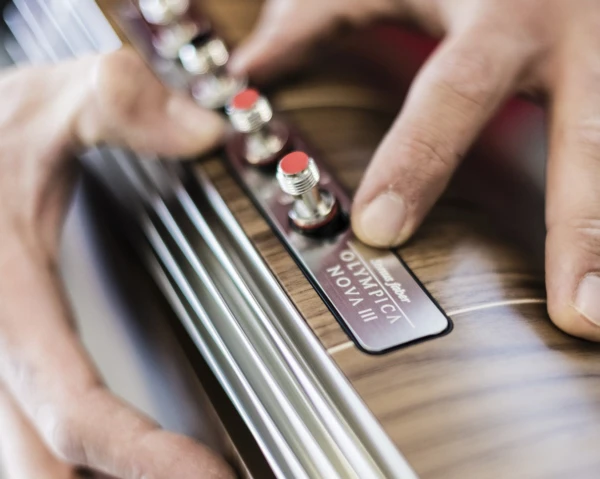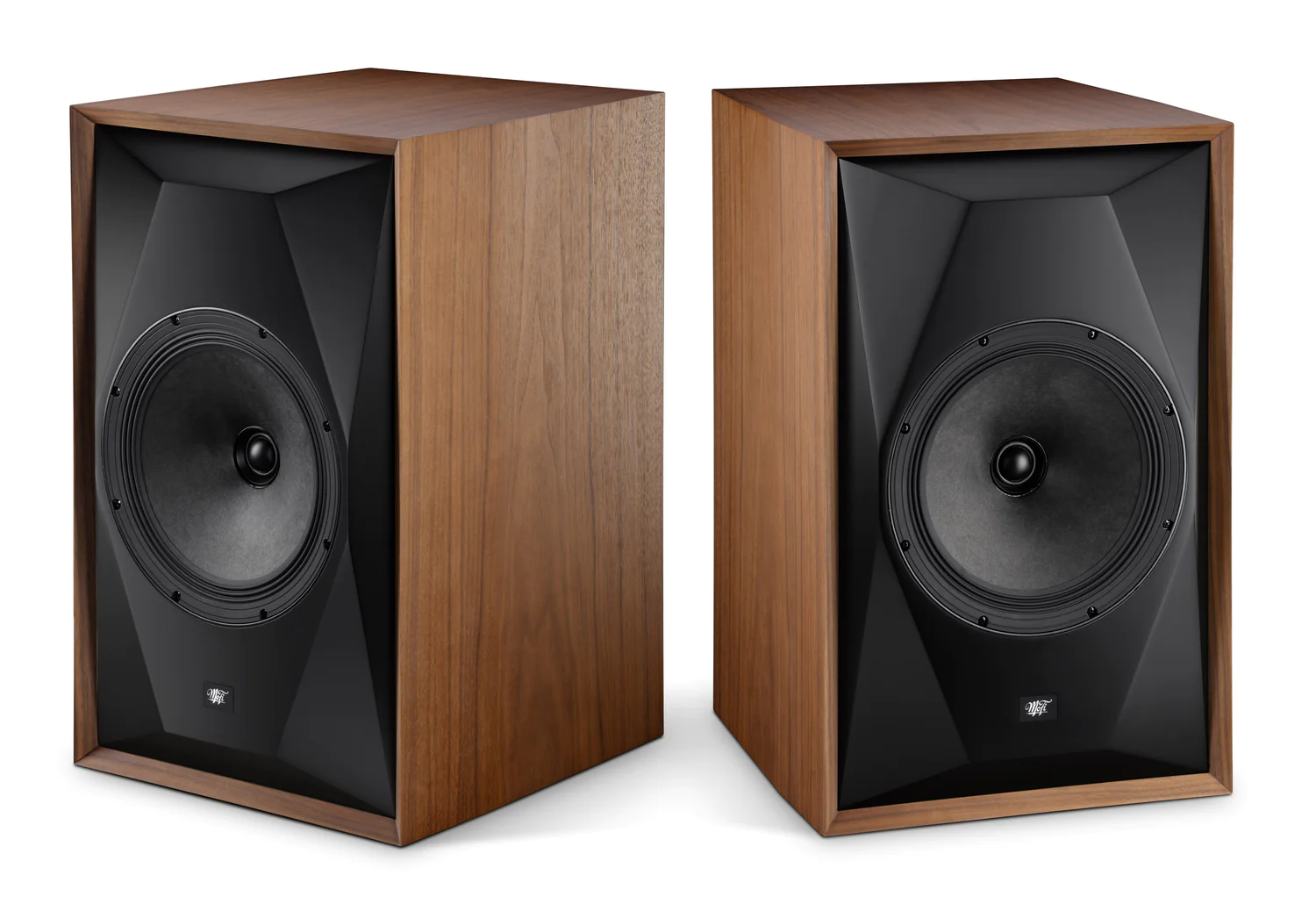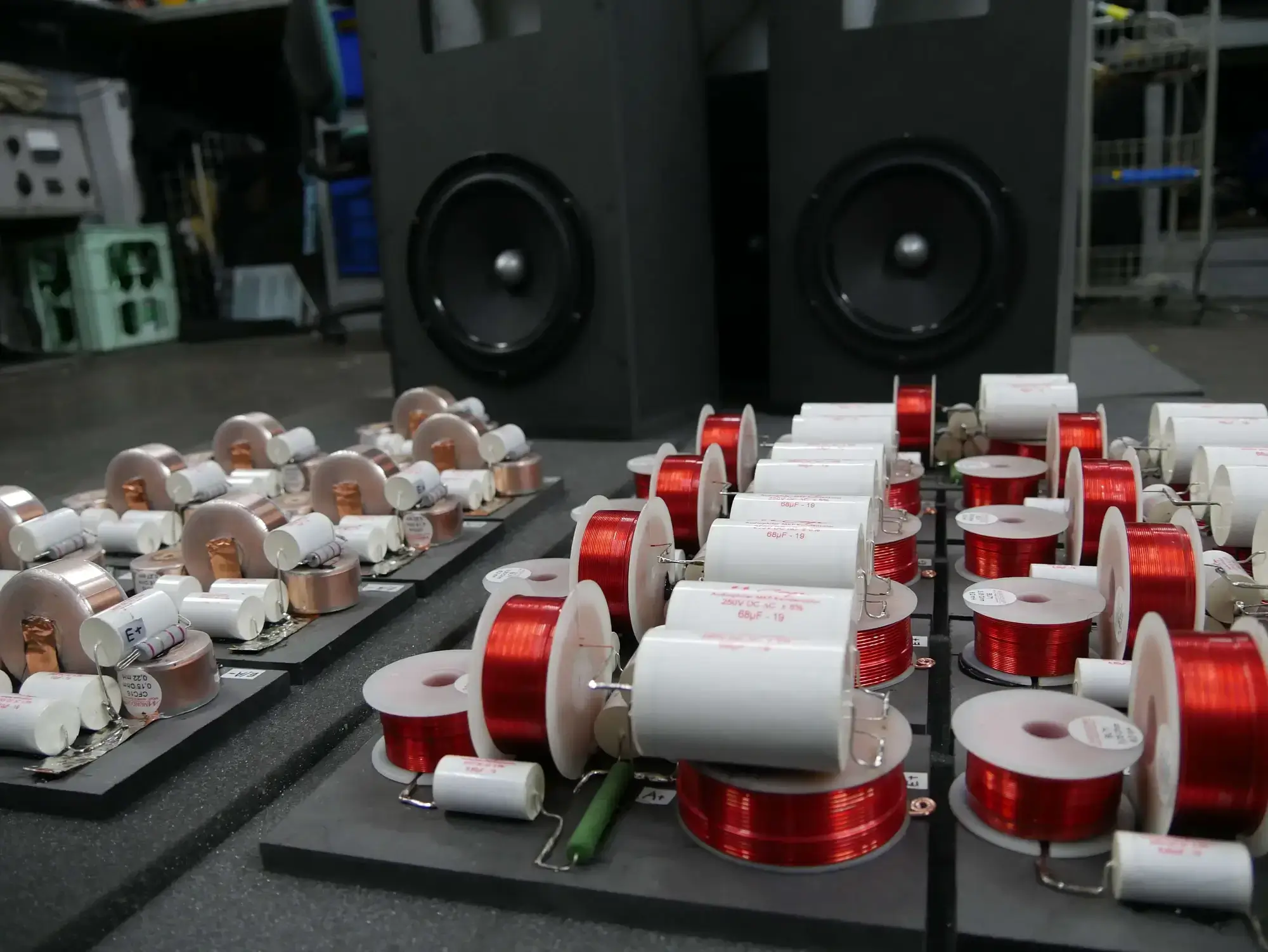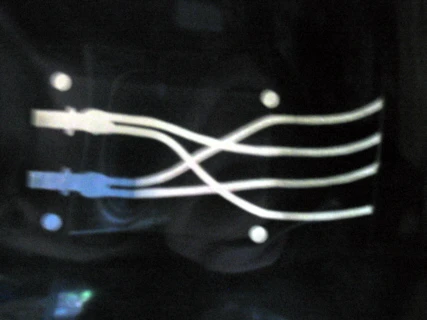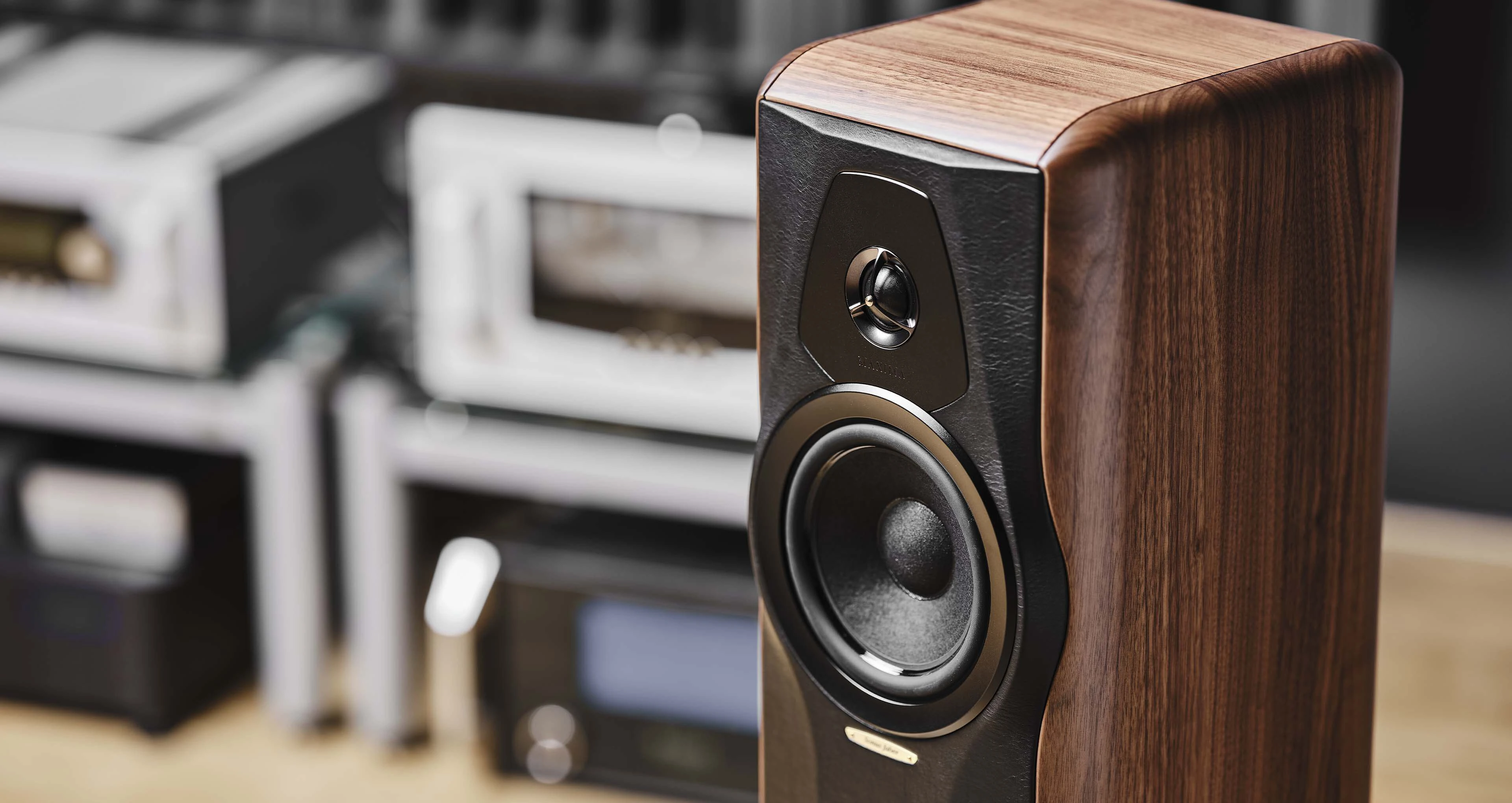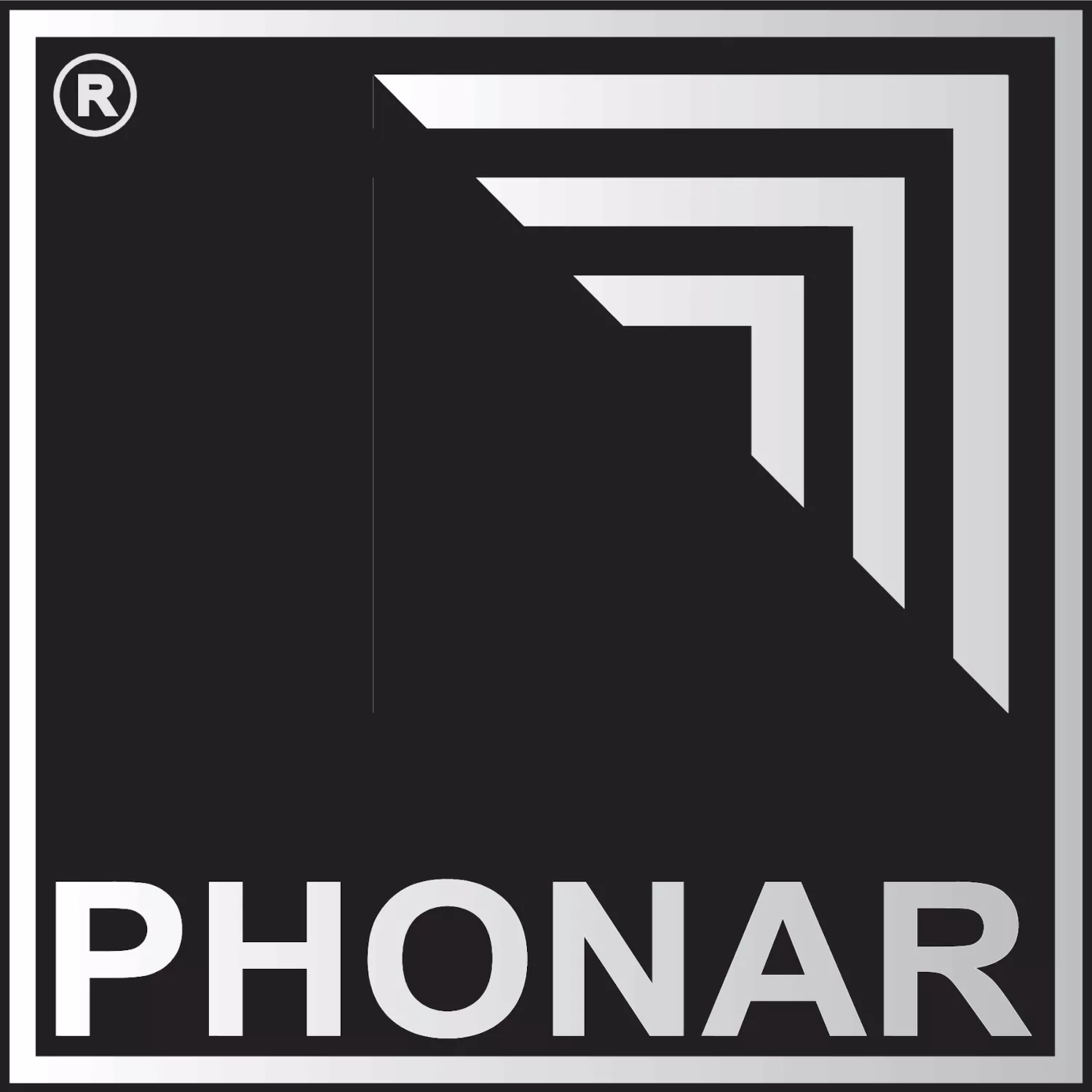Was sind die besten "Allround-Lautsprecher" ?
Wir meinen die besten Allround-Lautsprecher sind Lautsprecher, die bei nahezu jeder Musikrichtung und auch bei "durchschnittlichen" Aufnahmequalitäten Spaß machen. Heutzutage gibt es sehr viele Hersteller, die Ihre Lautsprecher mit hoher Auflösung, ja teilweise sogar mit heftiger Hochtonanhebung abstimmen. Das ist spektakulär und sorgt beim Vergleichshören über gruselige Umschaltpulte in Kaufhäusern für höhere Verkaufszahlen. Diese Abstimmung ist aber für die meisten Menschen völlig unpassend ! Was bringt es, wenn das feinste Plingplang in der hintereletzten Ecke hörbar ist, aber bei der normal gehörten Musikrichtung oder in Hörräumen mit vielen Reflektionen, alles zischelig und nervig klingt und das Musikhören keinen Spaß macht ? Wenn Querbeet-Musik, Rock, Pop, Heavy, Punk, MP3, Internetradio, schlechtere Aufnahmen, usw. einen Großteil der gehörten Musik sind, oder das Wohnzimmer "modern" eingerichtet ist, sollten die Lautsprecher nicht vorlaut klingen. Eine harmonische Abstimmung im Hochtonbereich wird hier ein deutlich besseres Klangerlebnis und somit deutlich mehr Spaß bieten. Dazu sollte je nach Raumgröße und Musikrichtung genügend Membranfläche und Gehäusevolumen vorhanden sein. Es gibt nichts Grausameres, als ein live aufgenommenes Rockkonzert mit kleinen Lautsprechern in einem großen, halligen Wohnzimmer zu hören. Das zerbeißt jedem Menschen die Ohren und hat nichts mit Musikgenuss zu tun. Auch wenn die "bessere Hälfte" sich kleine Lautsprecher wünscht: Die Physik ist schwer auszutricksen !
Falls kein Weg an kleinen Kompakt-Lautsprechern vorbeigeht, ist ein guter Subwoofer unverzichtbar !
Preisangaben ohne Ständer und weiteres Zubehör (soweit nicht anders angegeben).
Allround-Lautsprecher - News + Tipps
Sonus Faber Trade Up Angebot für Lumina, Sonetto, Olympica Nova, Heritage, Homage und Referenz Lautsprecher...
Sonus Faber Sonetto : Das sind waschechte Sonus Faber Lautsprecher, entworfen, entwickelt und hergestellt im Haupsitz von Sonus Faber in Vincenza. Jedes Detail der Sonetto-Serie entstand in einem natürlichen Prozess, basierend auf den Werten der Marke.
Heco bringt mit den In Vita's knackige Allround-Lautsprecher zu sehr fairen Preis. Insbesondere die ausgewachsenen Heco In Vita 9 hat kaum Konkurrenz und wird mit ihren vier 17cm Chassis sicher viele Dynamik-Fans finden...
Die Lautsprecher aus der Phonar Veritas-Serie sind bekannt für ihre grandiosen Allroundfähigkeiten und das hervorragendes Preis-Leistungs-Verhältnis. Ich kenne kaum einen anderen Lautsprecher-Hersteller, der zu diesen Kursen solch hochwertige Komponenten einsetzt. Nun strebt Phonar mit der neuen Edelvesion der großen Veritas P10.2 nach anderen klanglichen Sphären.
Die nächsten Highlights vom "Lautsprecherguru" Andrew Jones: Die kleinen MoFi SourcePoint 8 spielen so musikalisch, wie erwartet...
Große Lautsprecher müssen nicht häßlich sein, das sexy Maui P900 System rockt auch große Räume.
LD-System Maui P900, vollaktive Professional-Lautsprecher für das Wohnzimmer.
The sexiest Loudspeaker of the world ! Sonus Faber Olympica Nova - Allerfeinste italienische HighEnd-Lautsprecher. Schon die Verarbeitungsqualität sorgt für Gänsehaut. Derzeit bei uns im Dorfstudio zu erleben: Die Olympica Nova 2 und Nova 5.
10-Zoll 2-Wege Koaxial-Lautsprecher mit Gewebe-Kalottenhochtöner von Mobile Fidelity - Die MoFi Sourcepoint 10 - Punktschallquelle mit Groove..
Lautsprechertuning ohne Voodoo
In nahezu allen Lautsprechern (auch in hochpreisigen) sind sehr "sparsame" Frequenzweichenbauteile und Innenverkabelungen verbaut. (Ich möchte hier nicht den Ausdruck "billiges Gelumpe" verwenden...)
Ich hatte diesen Text vor längerer Zeit schon einmal veröffentlicht...
Heute hatte ich wieder einen in die Irre geführten ?? Kunden hier, der tatsächlich 1500.- !!!! Euro für solch ein Klangwunderwerk ausgegeben hat.
Sonus Faber Maxima Amator - Hier bleibt kein Auge (und Ohr) trocken. Echte High End Lautsprecher der Luxusklasse neu bei uns im High End Studio...

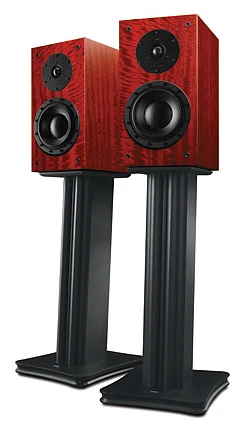
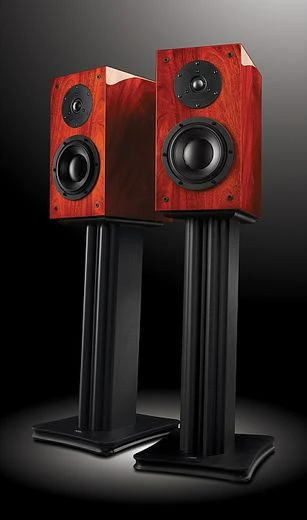
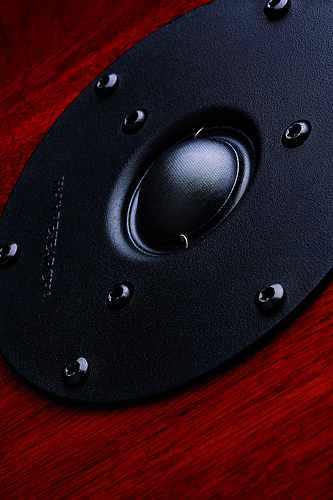
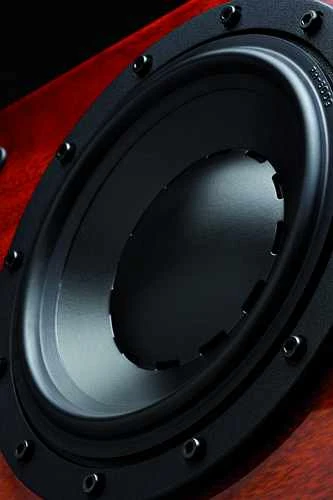

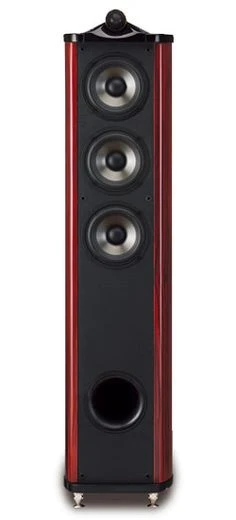
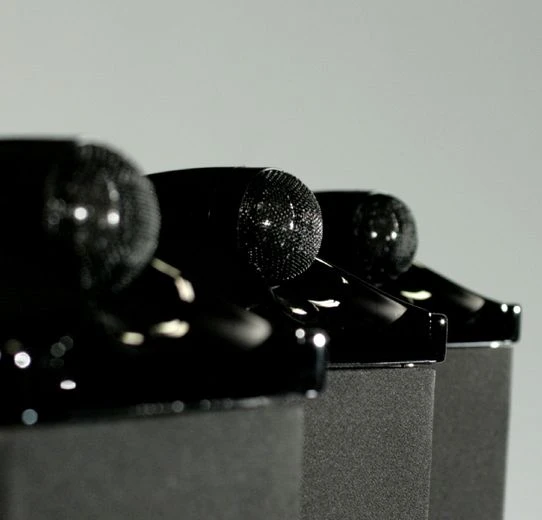
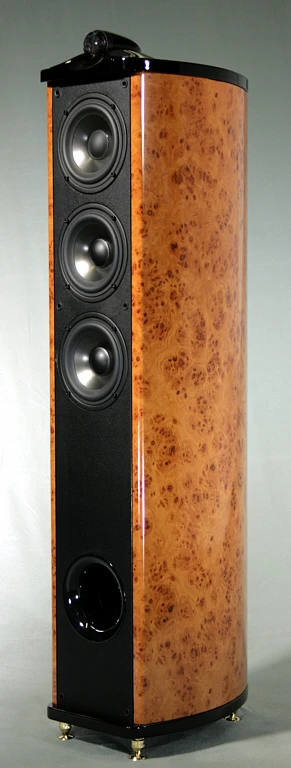
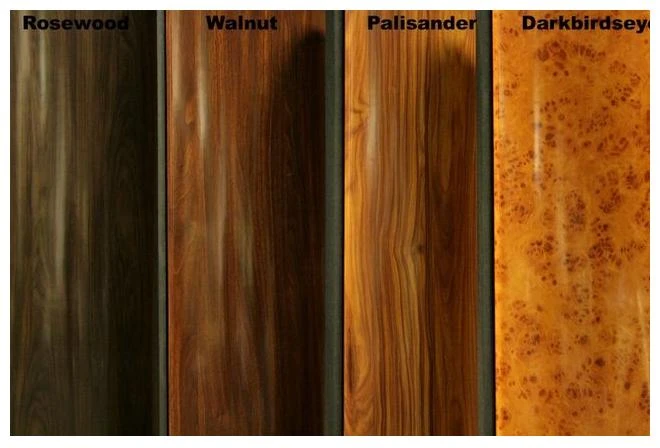

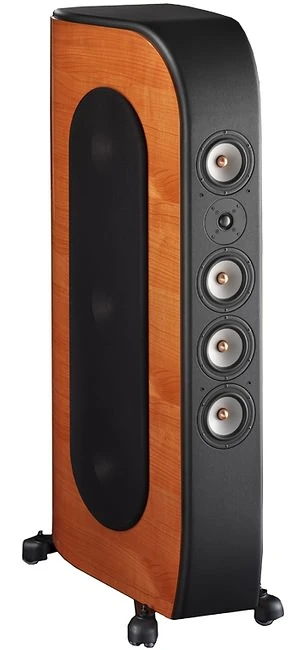
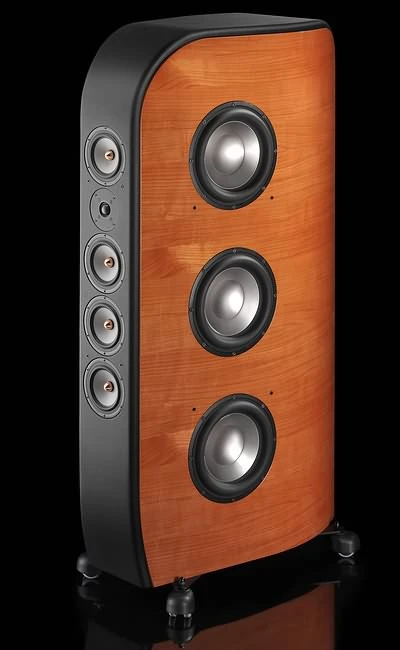
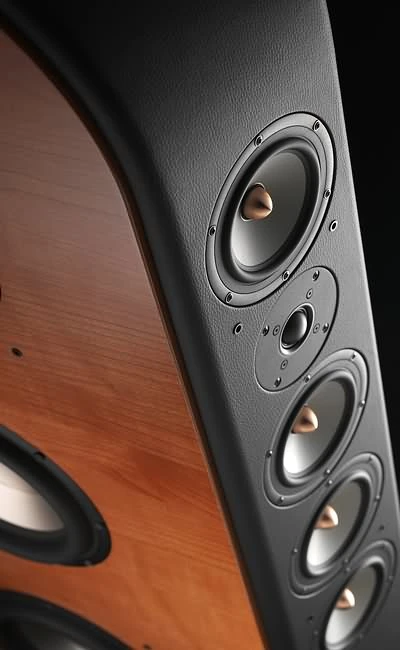
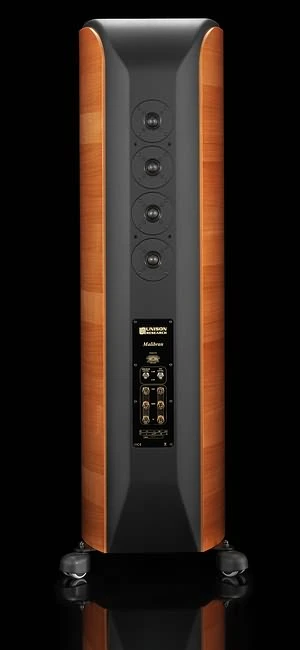

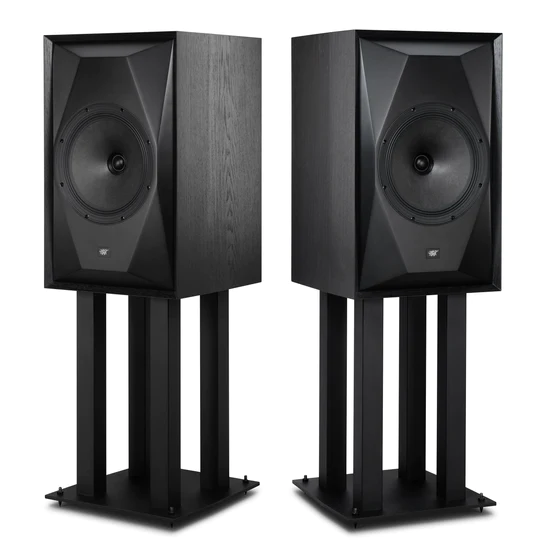
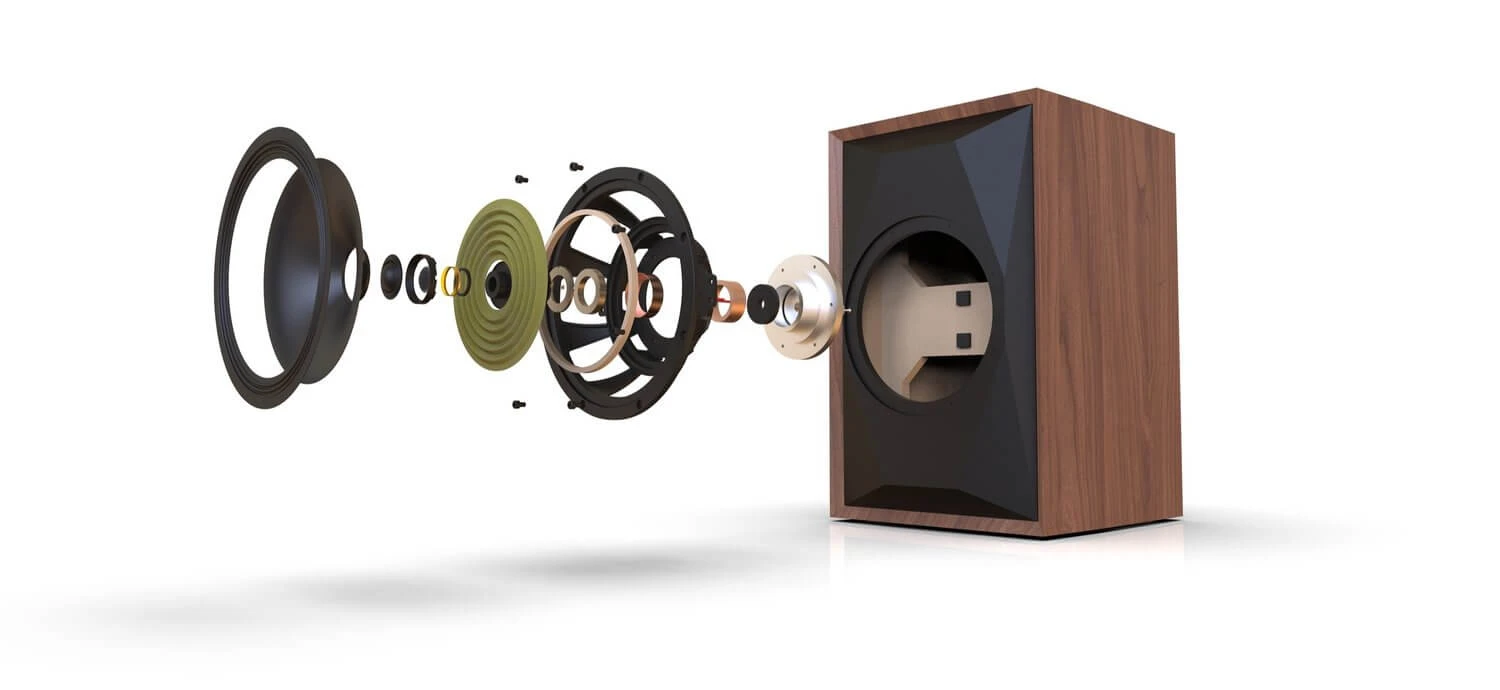
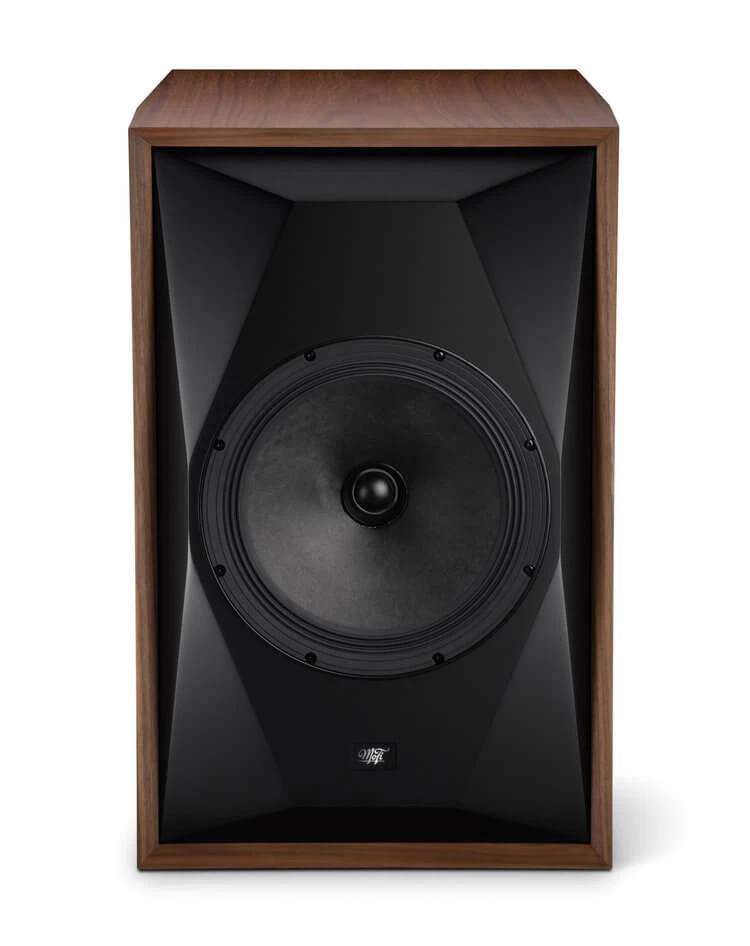
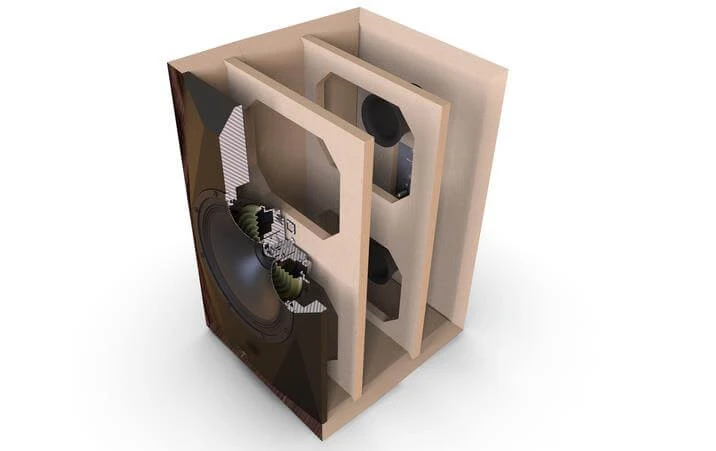
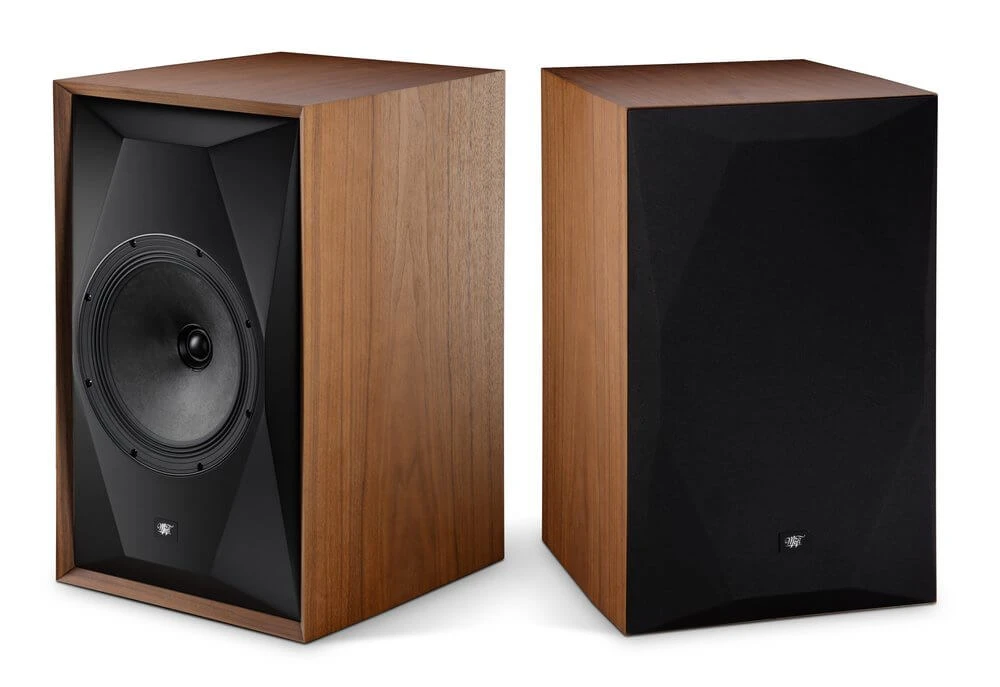

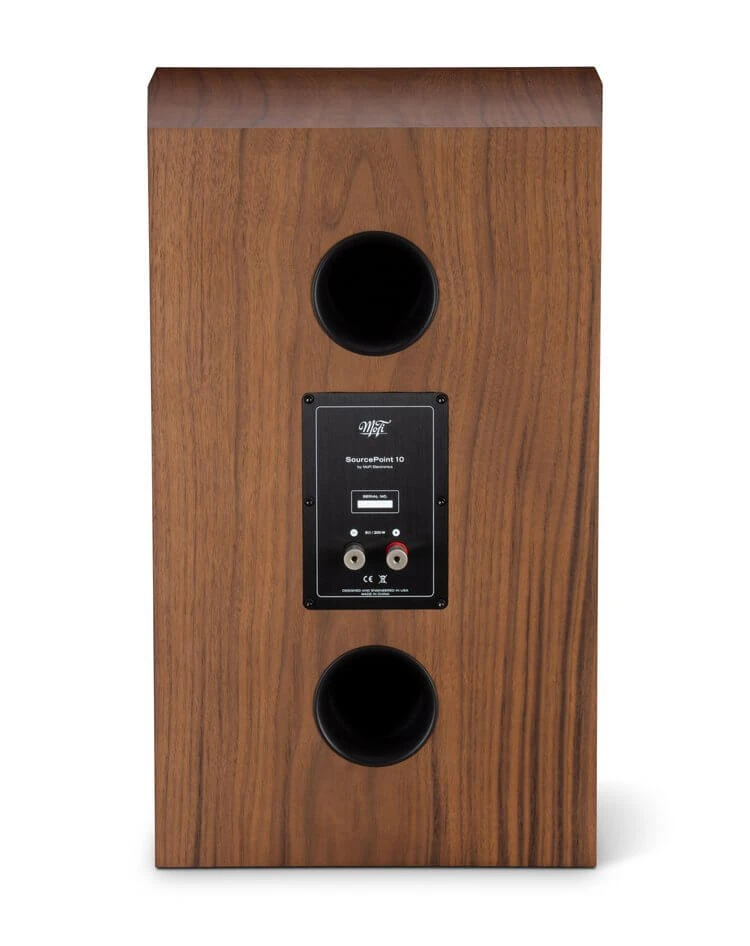
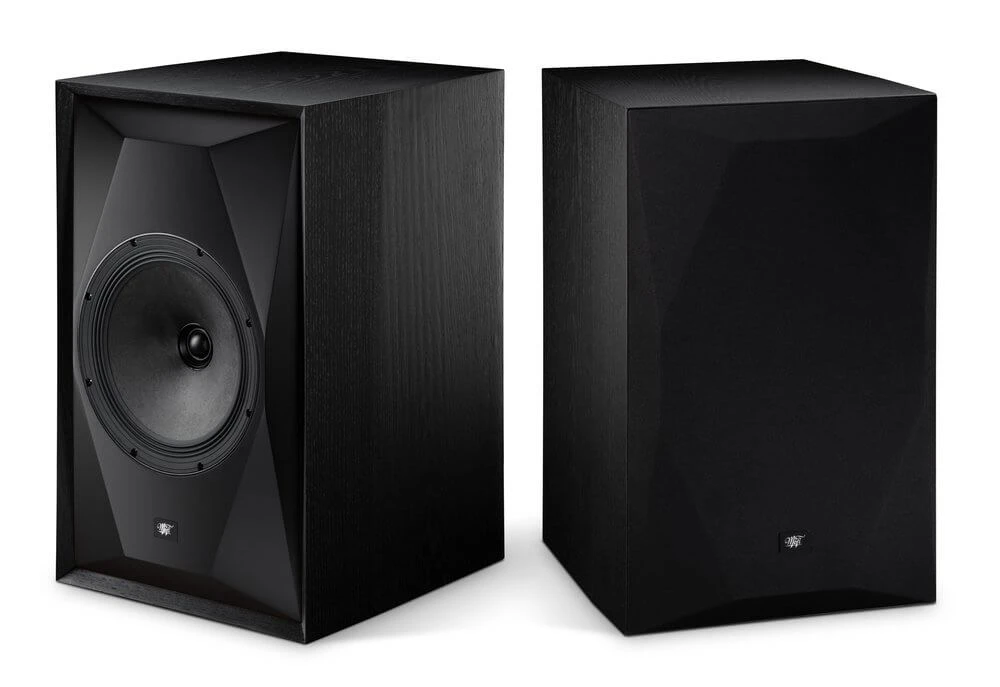
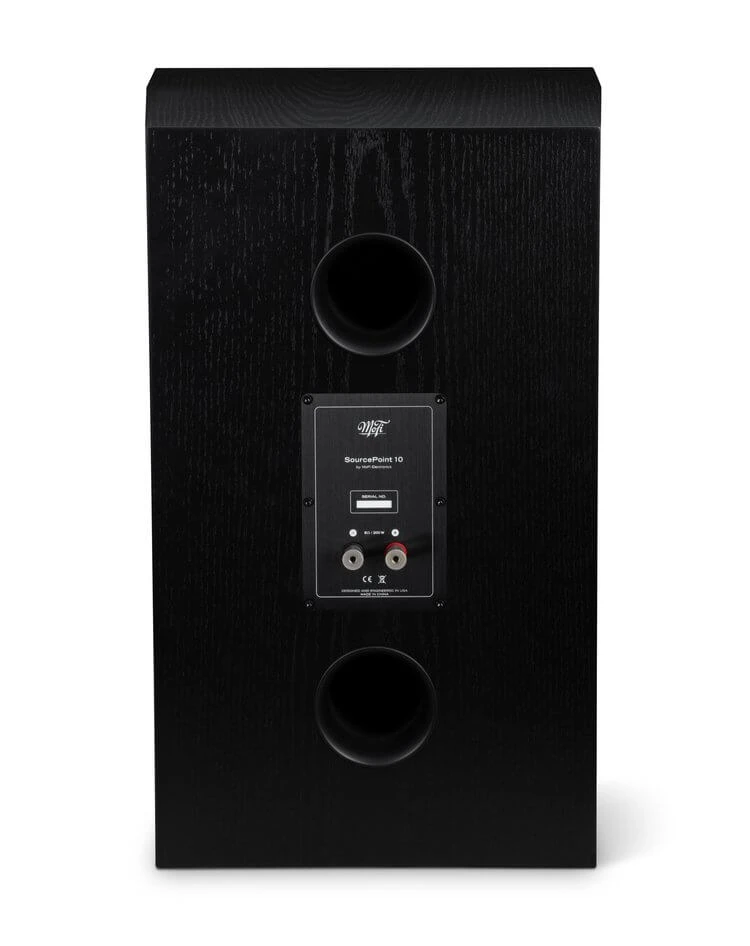
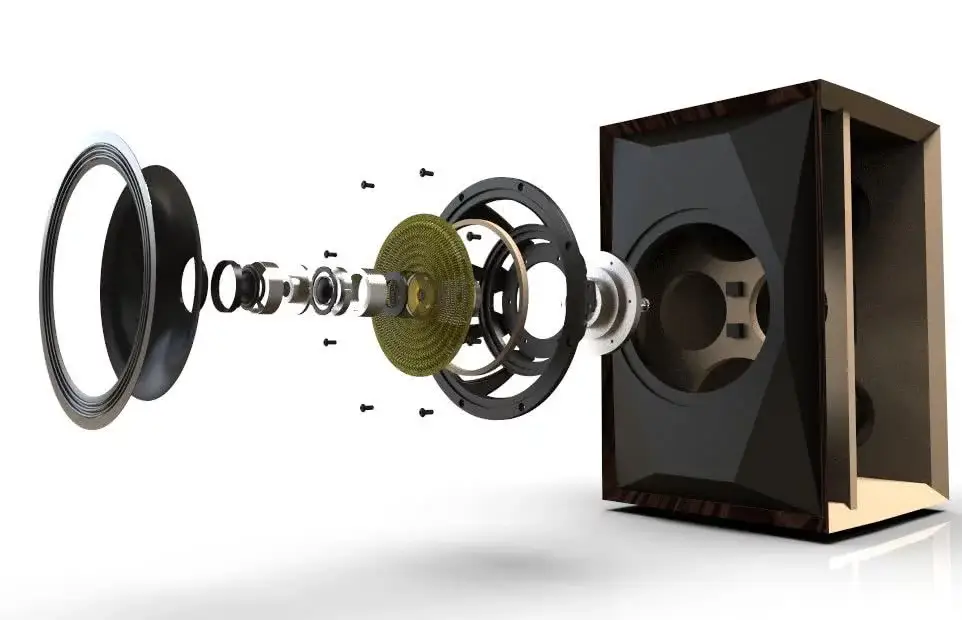
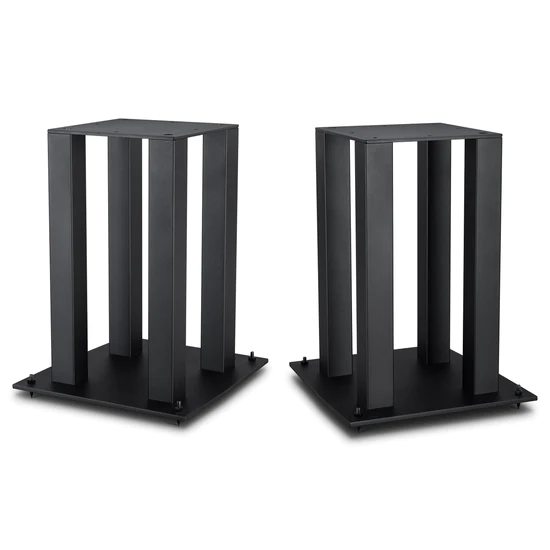

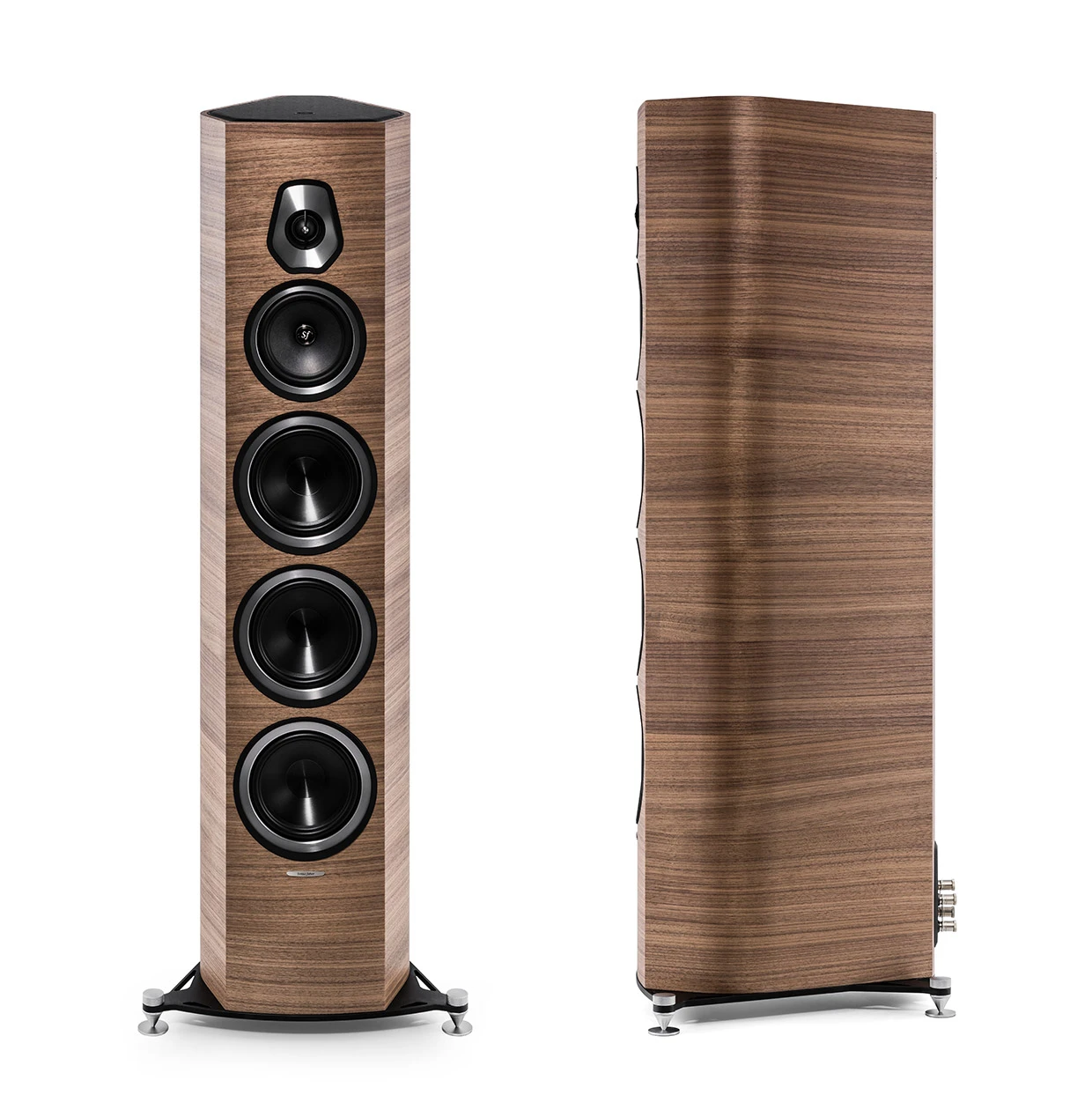
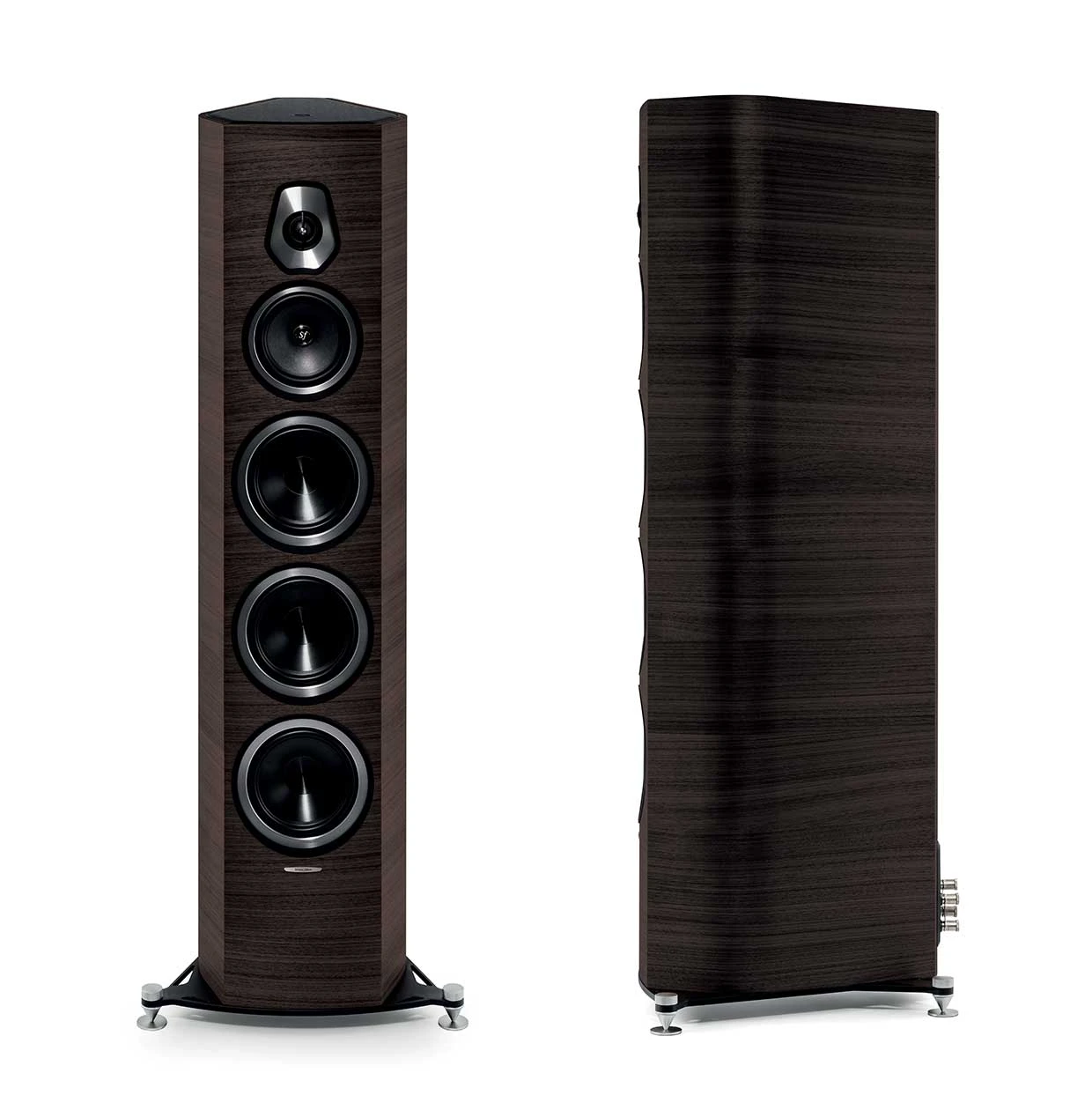
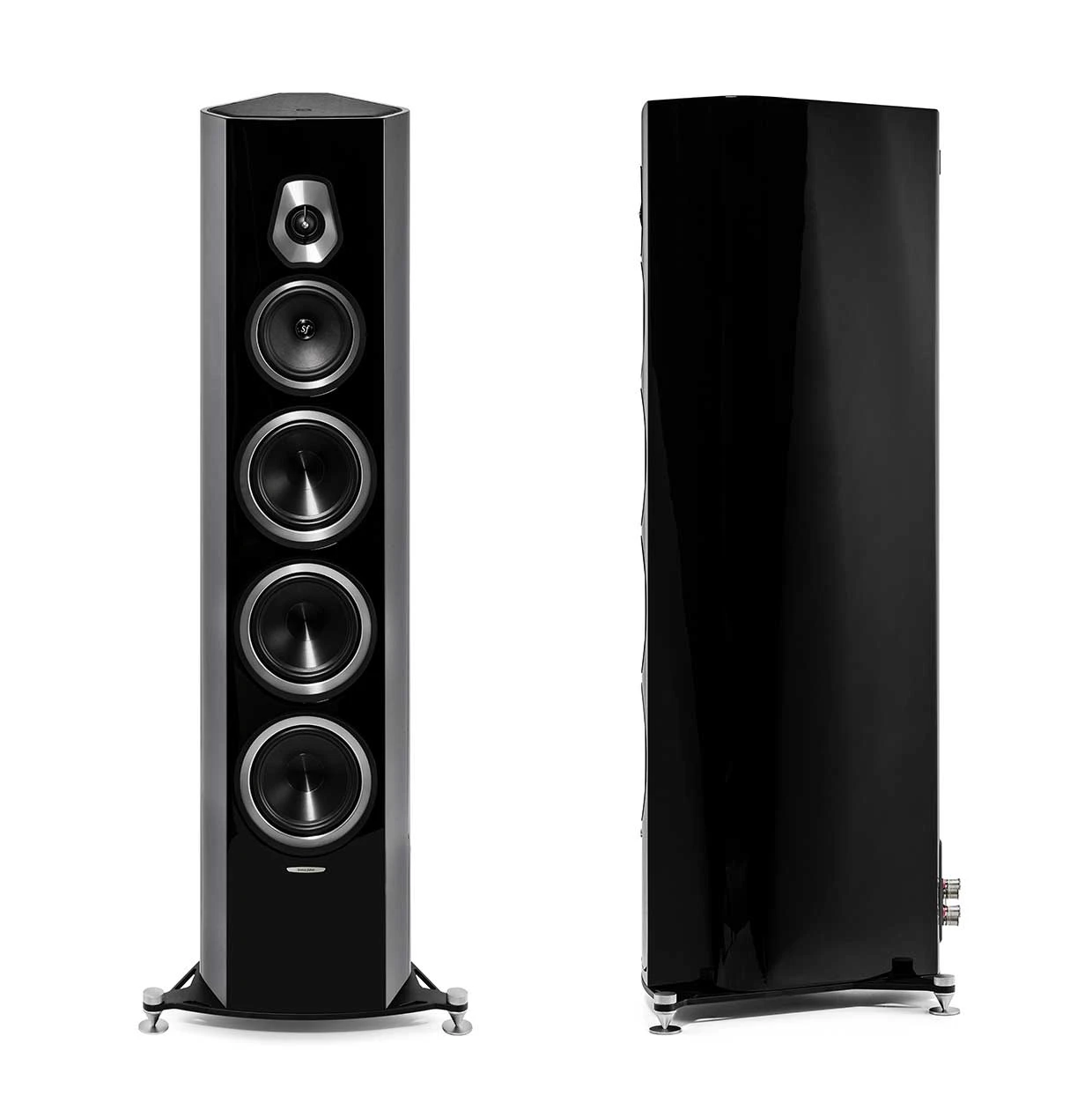
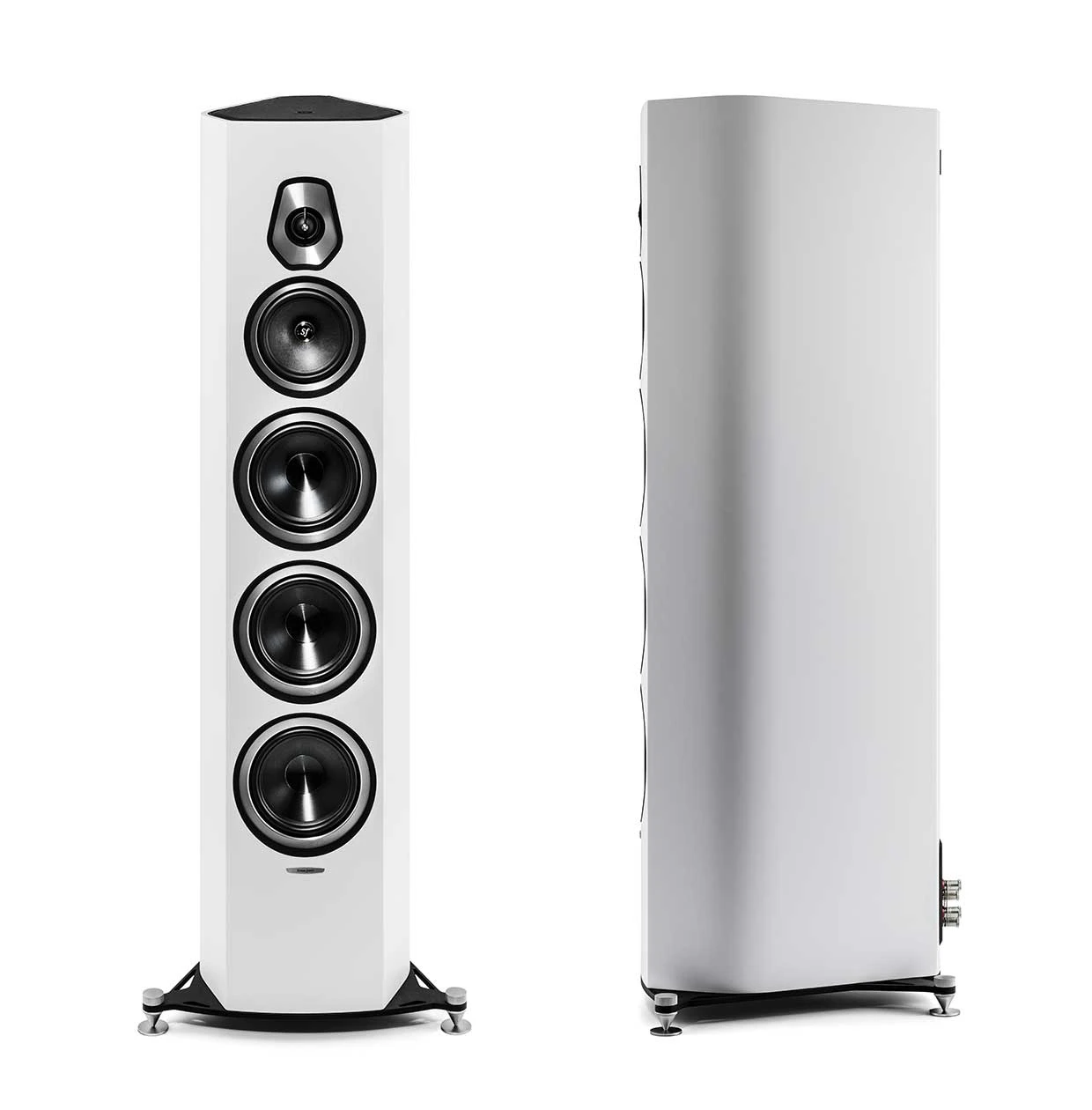

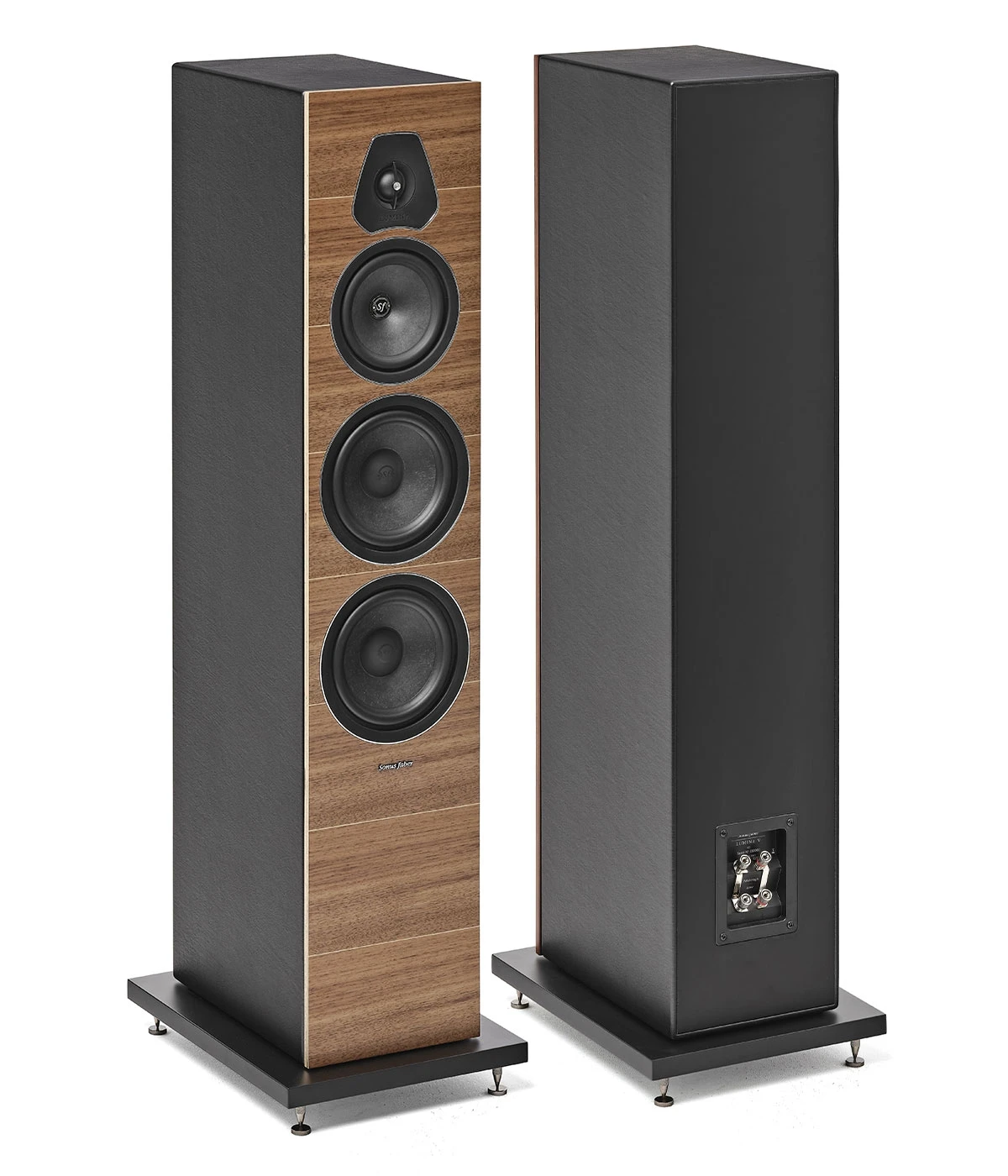
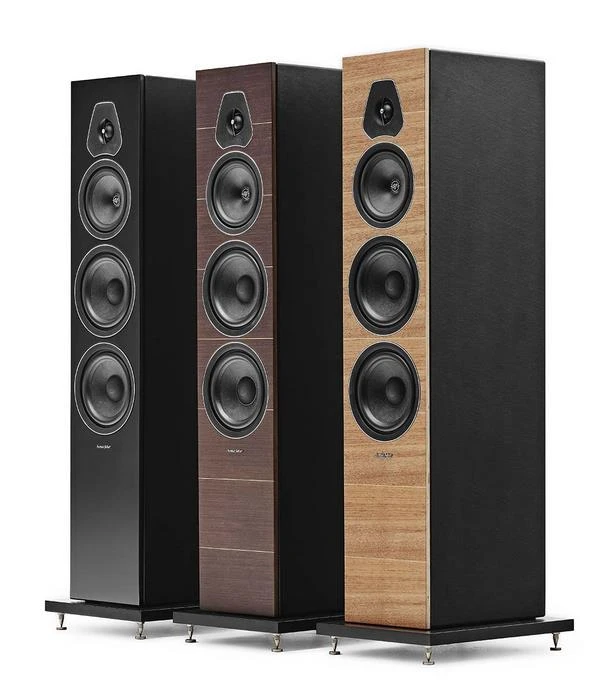
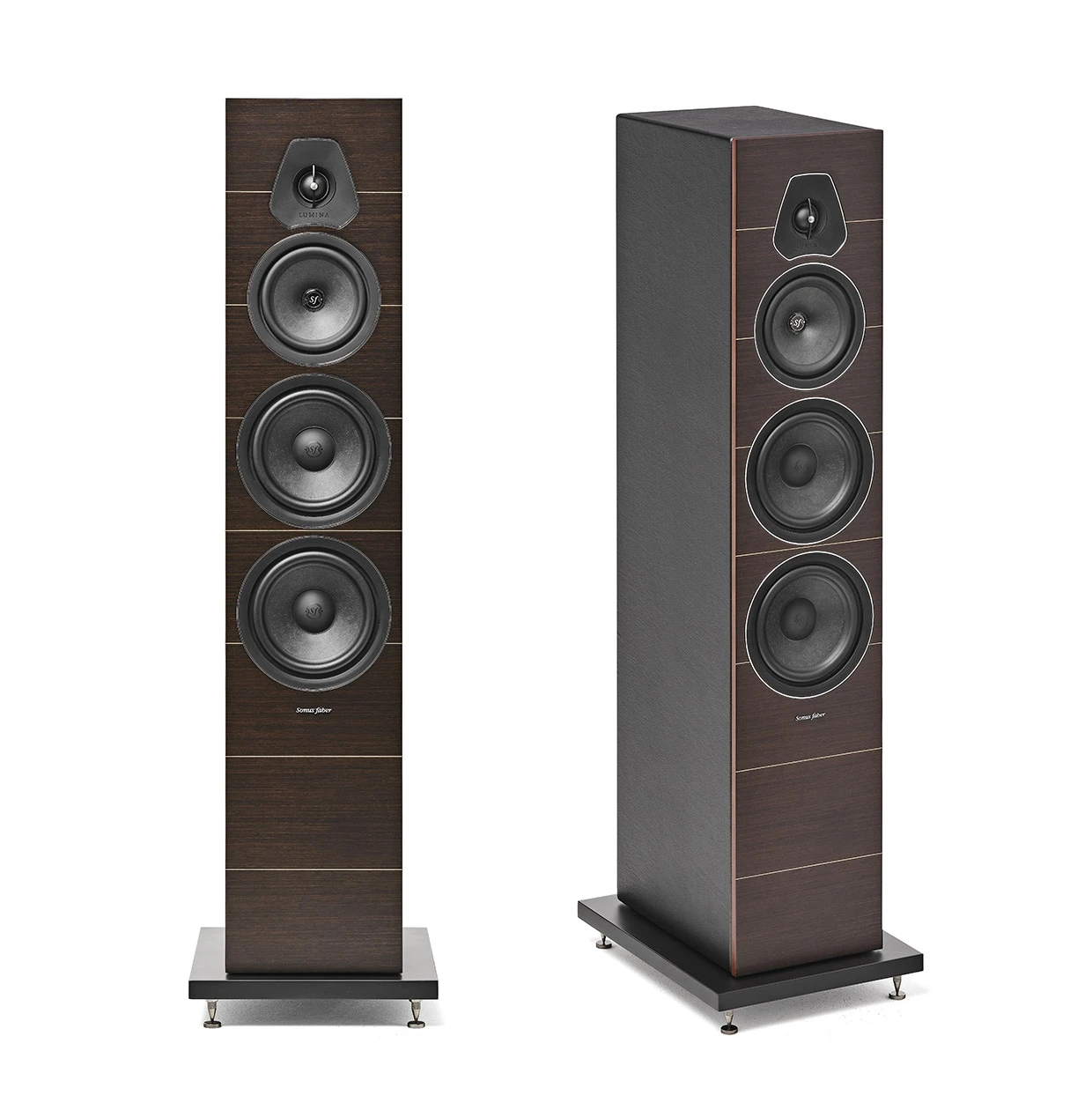
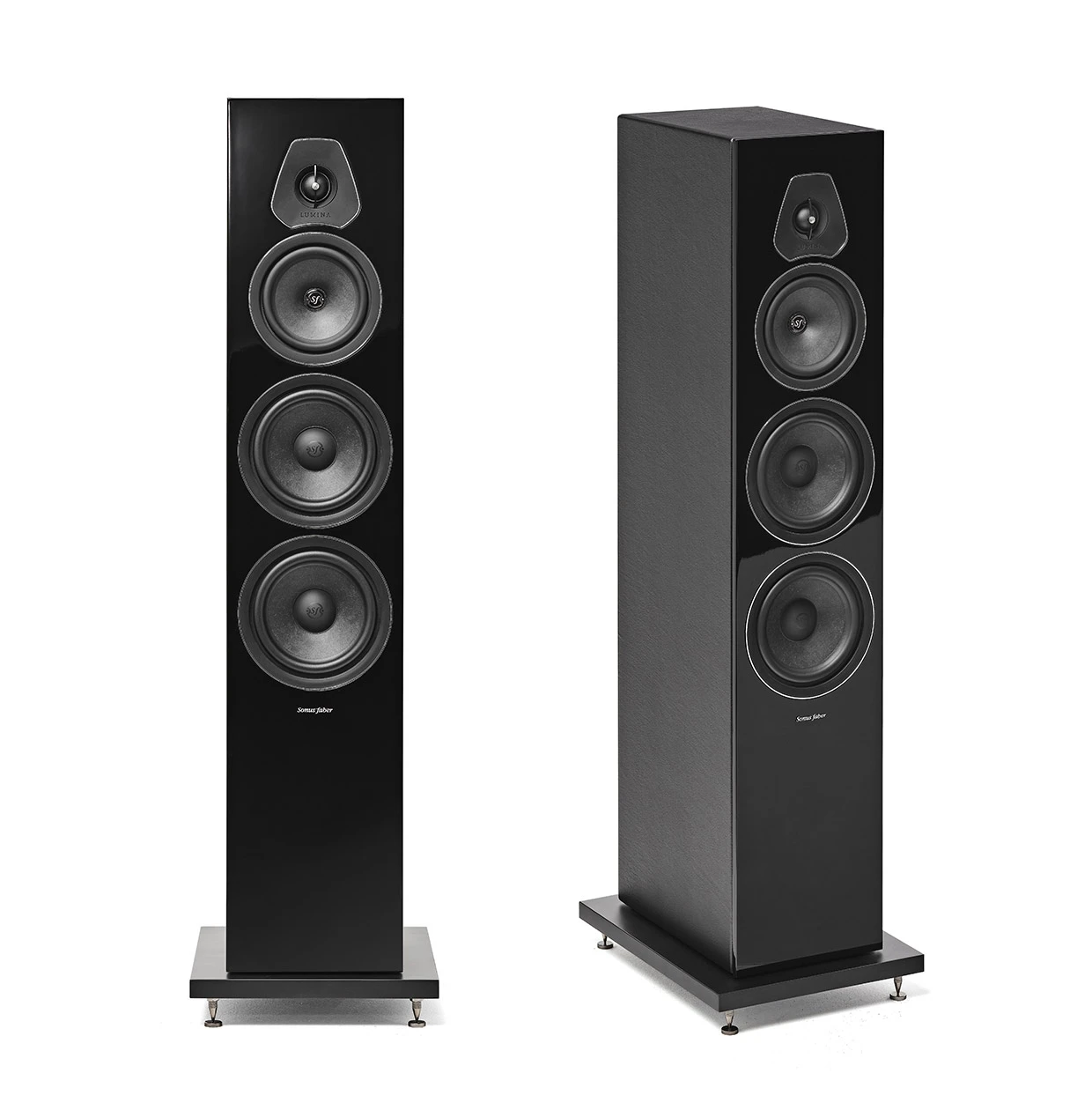
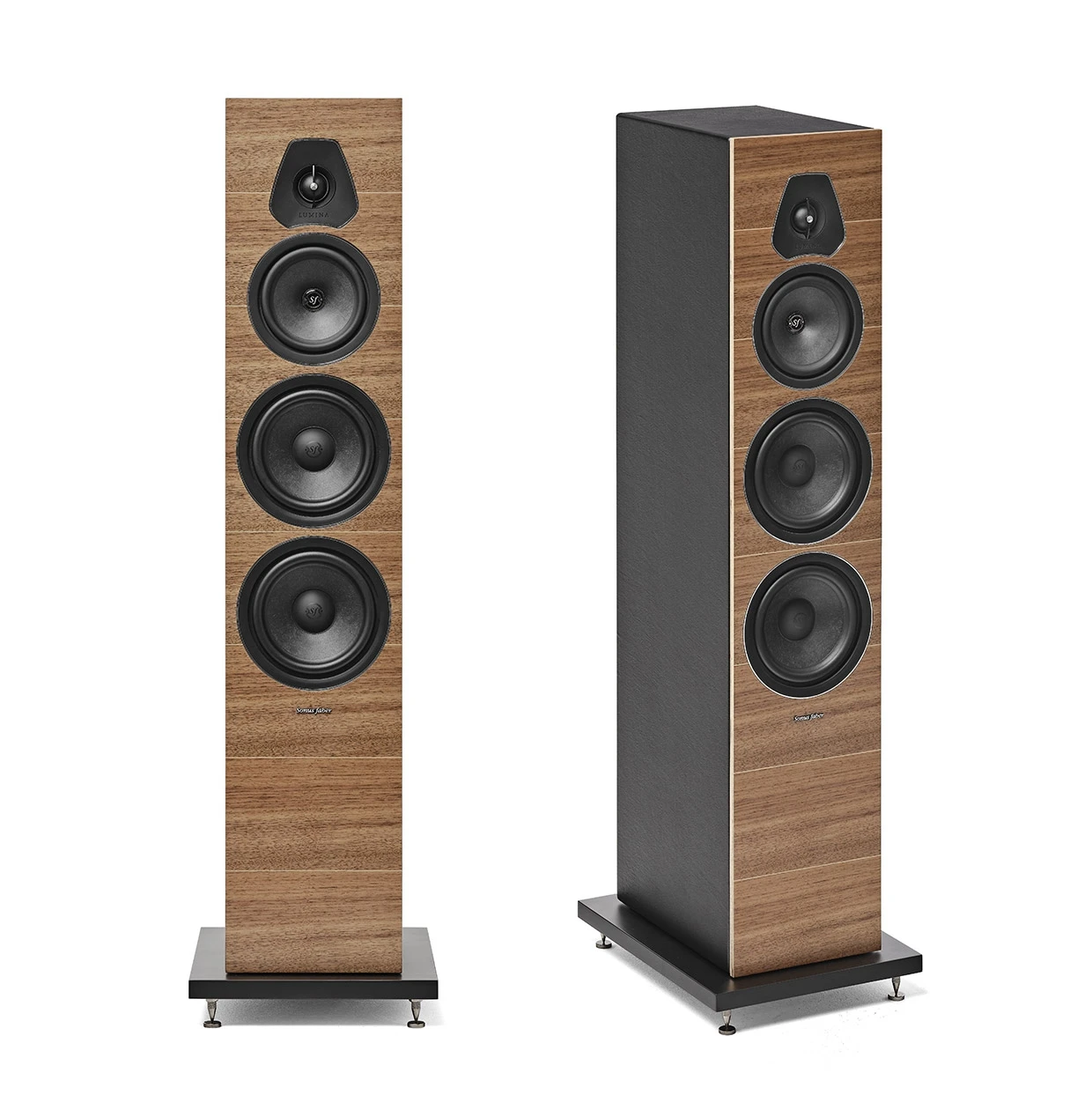
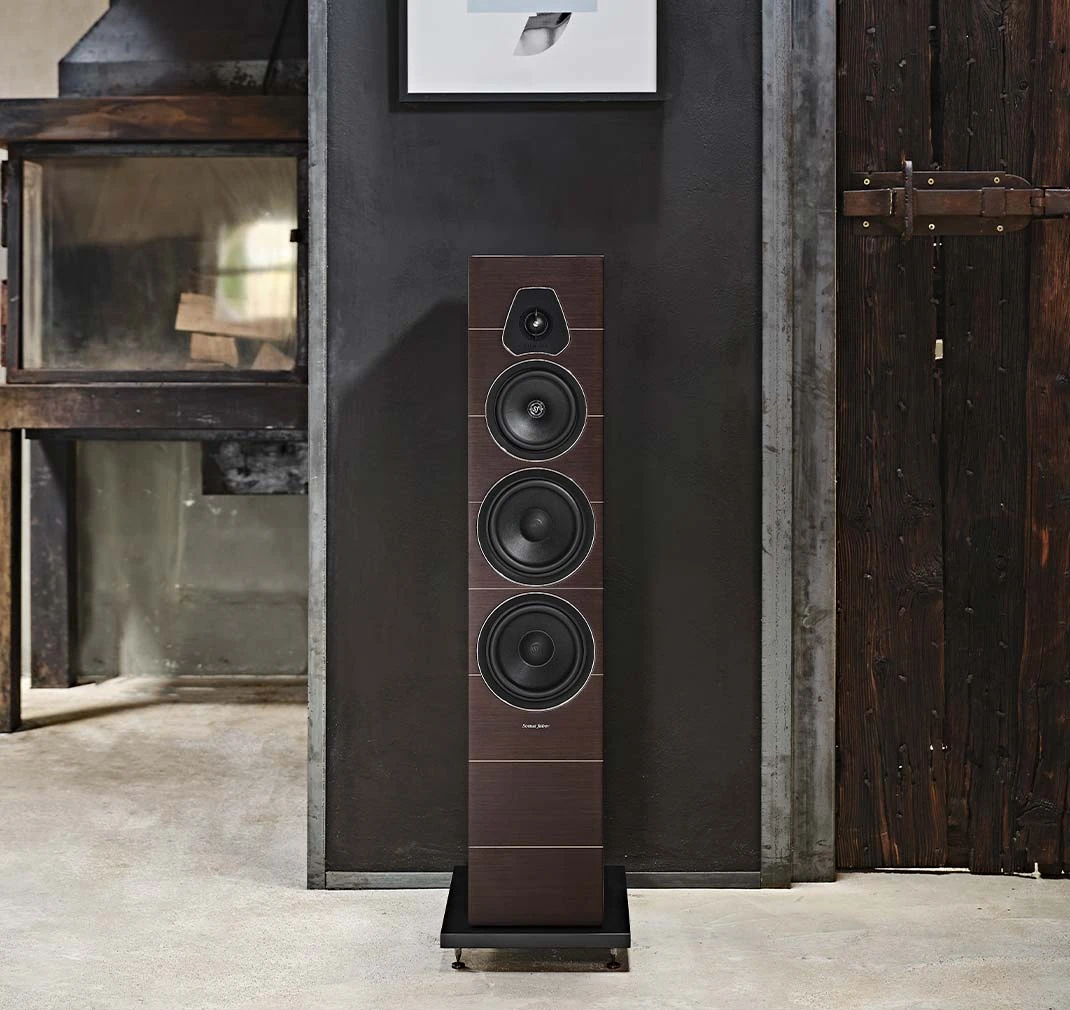
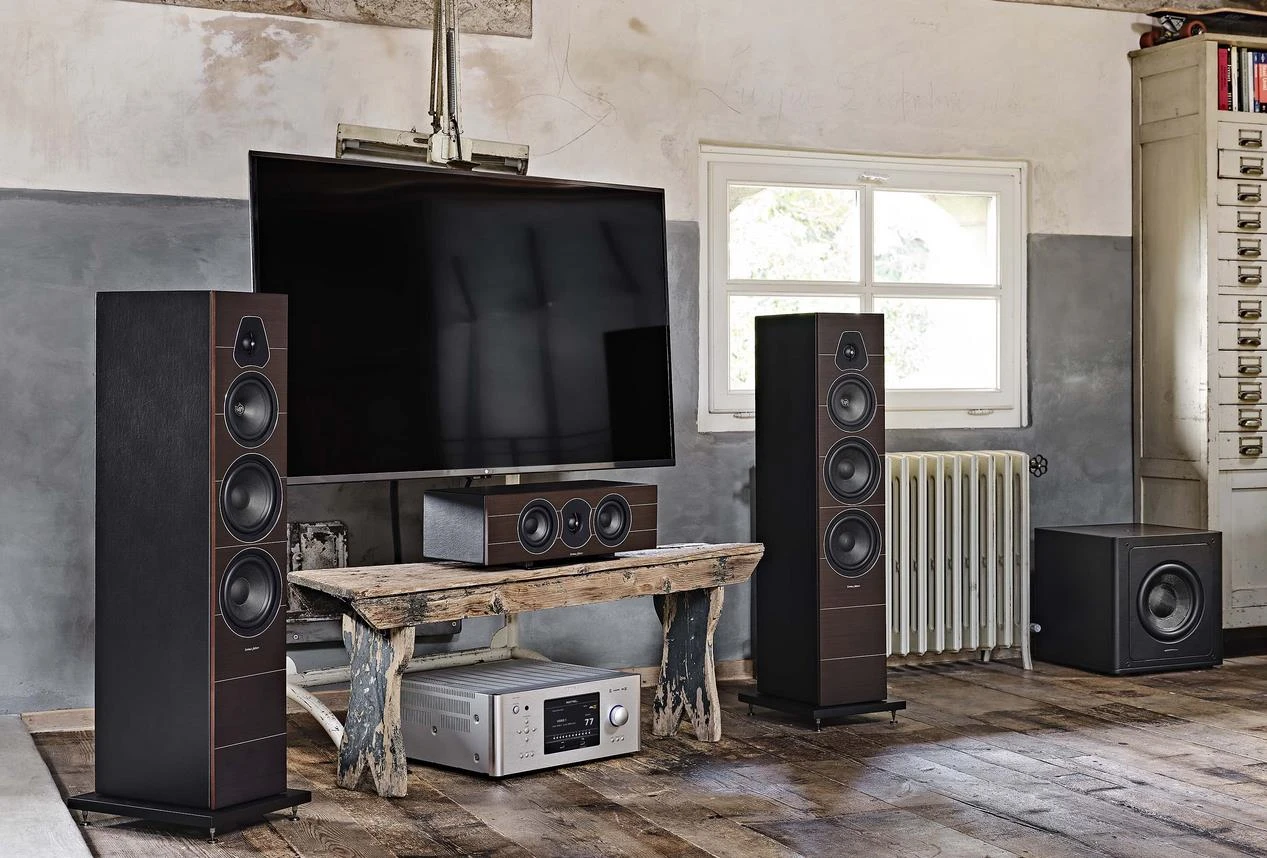

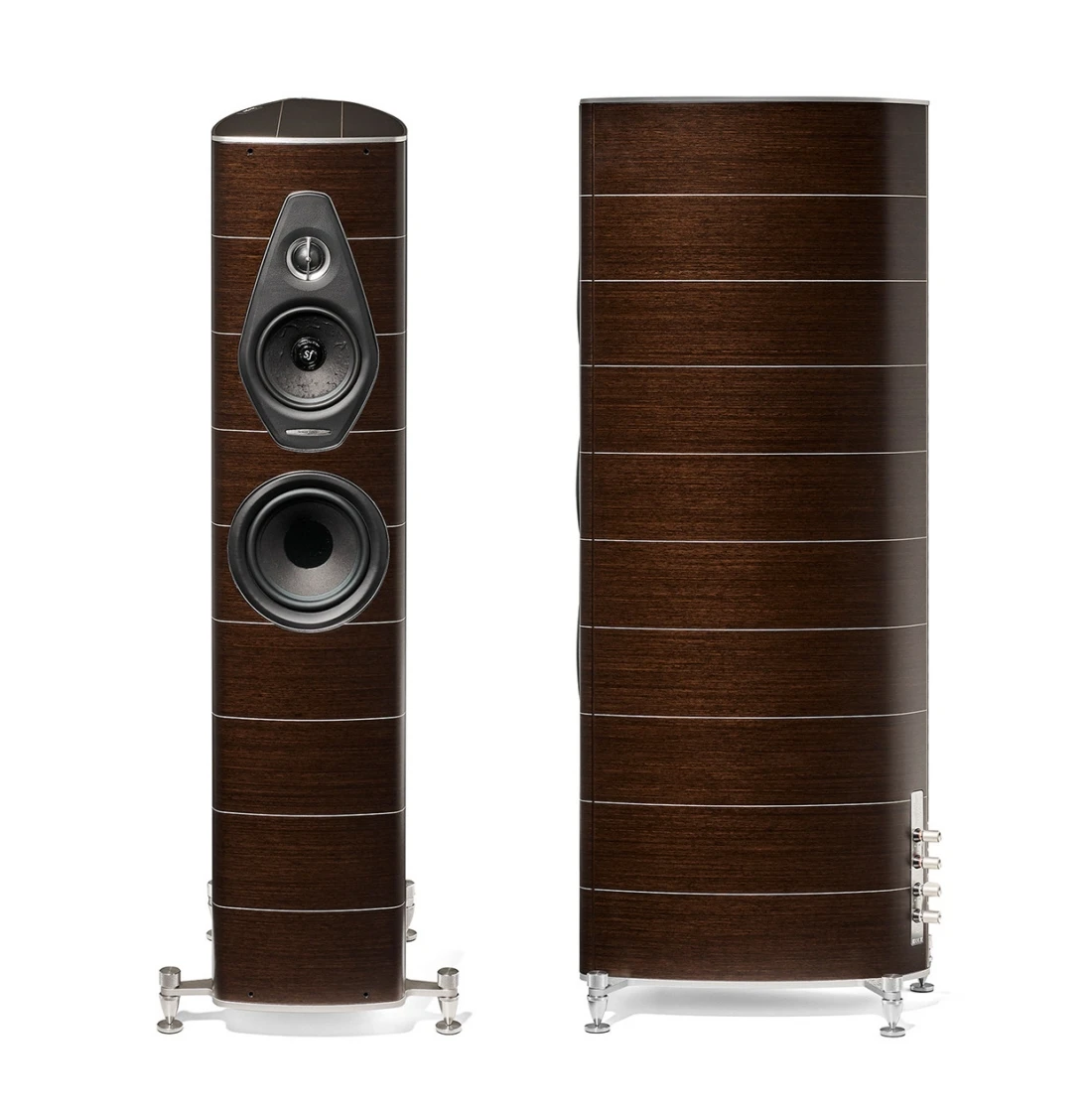
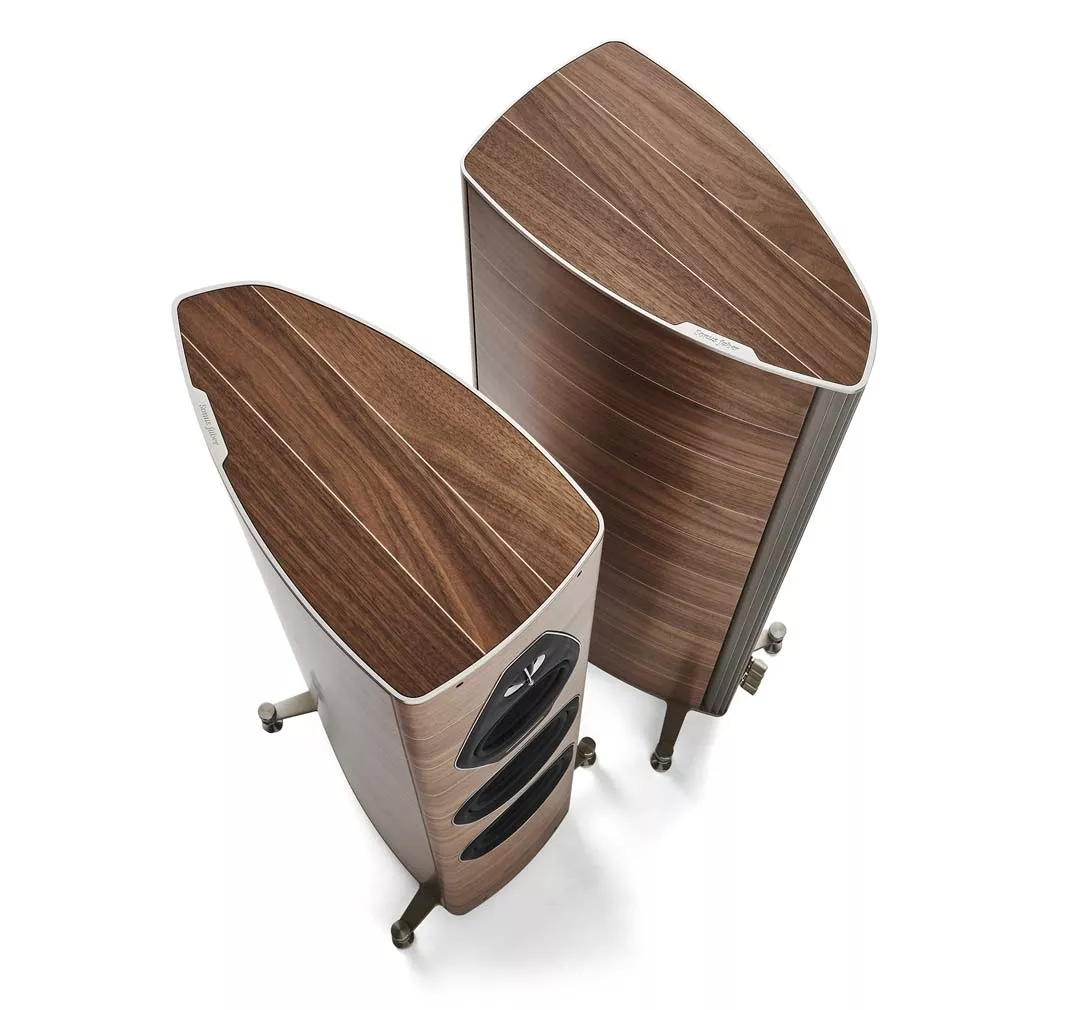
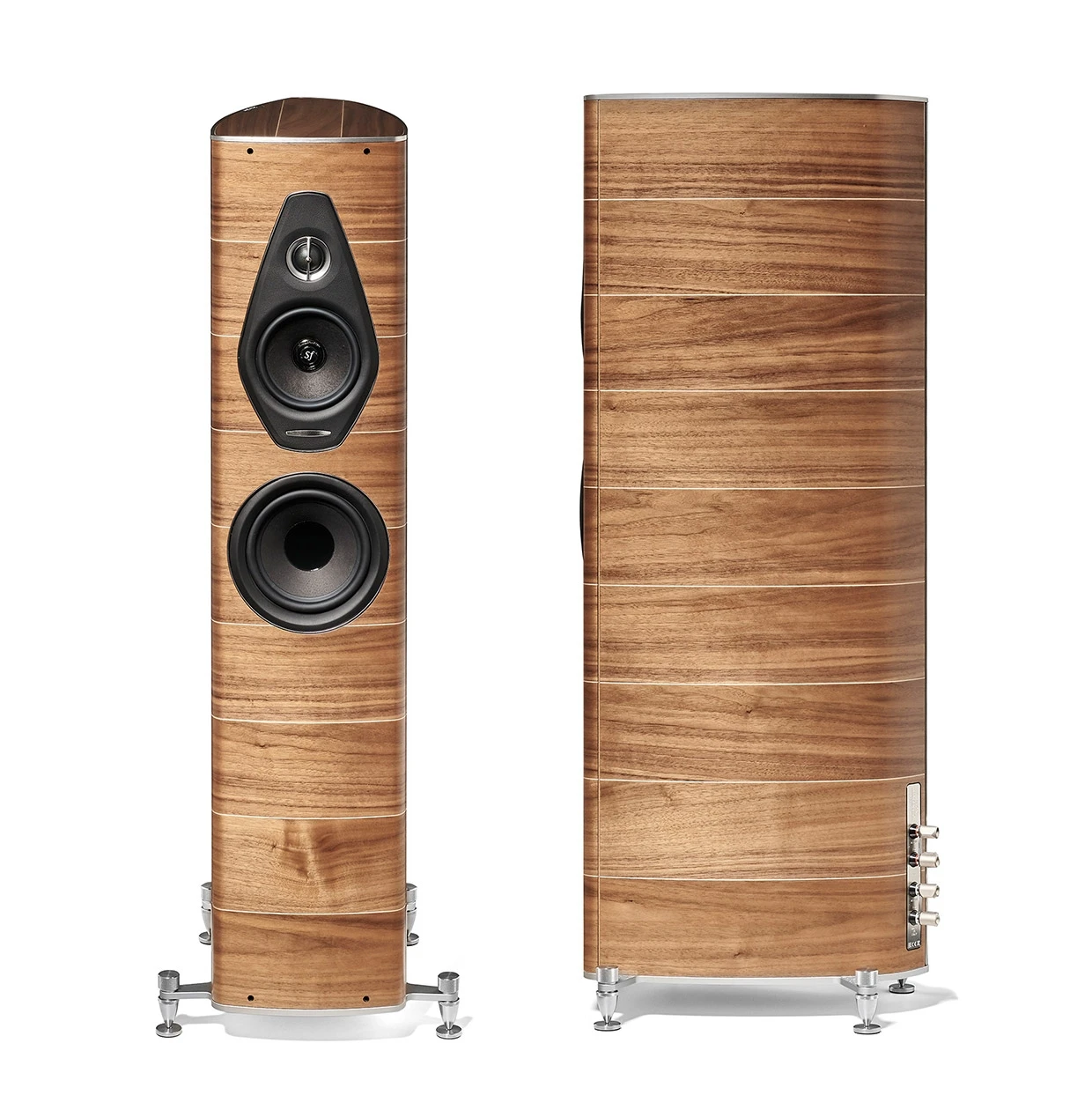
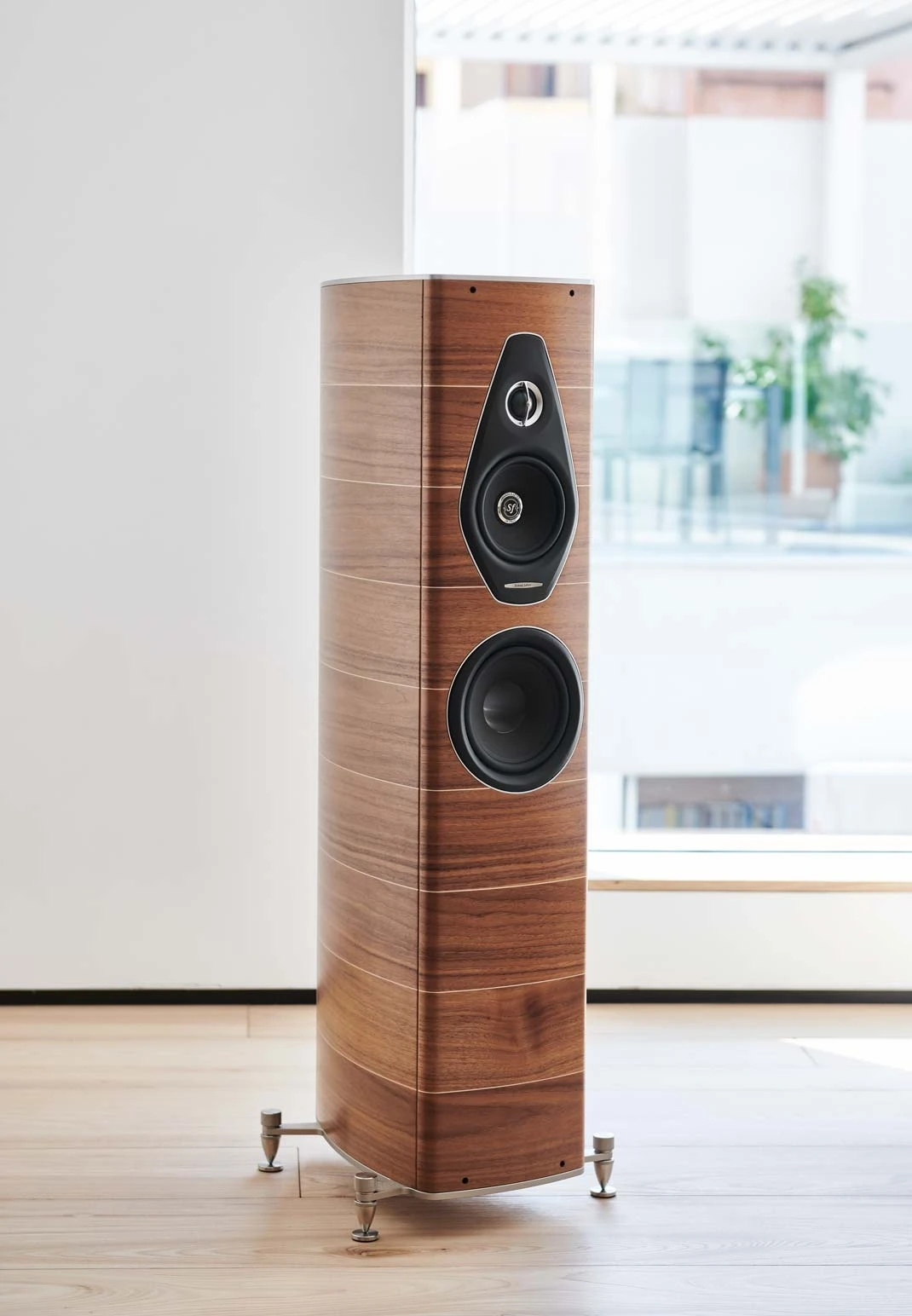
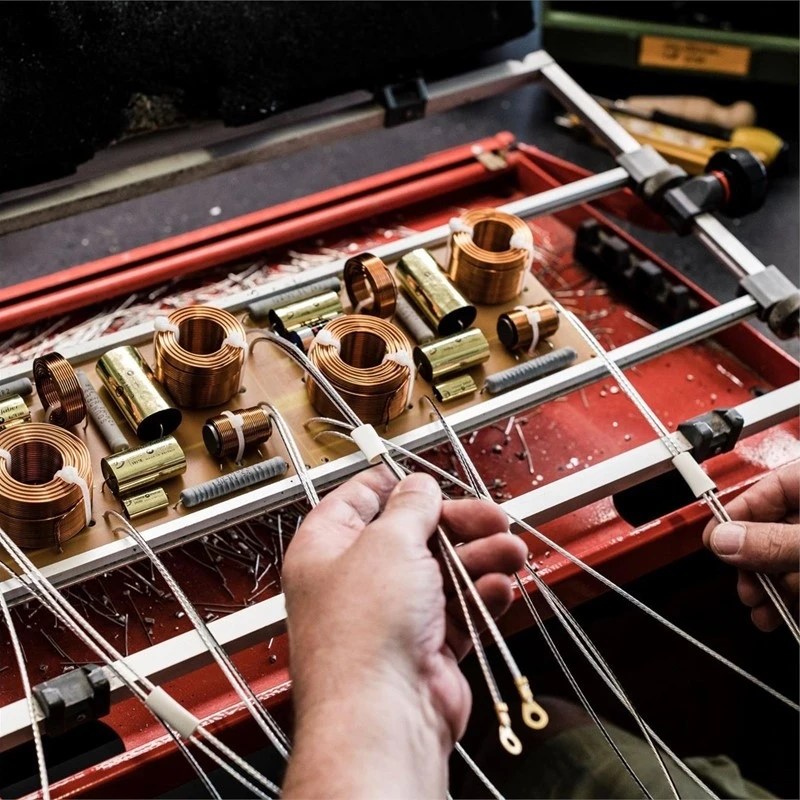

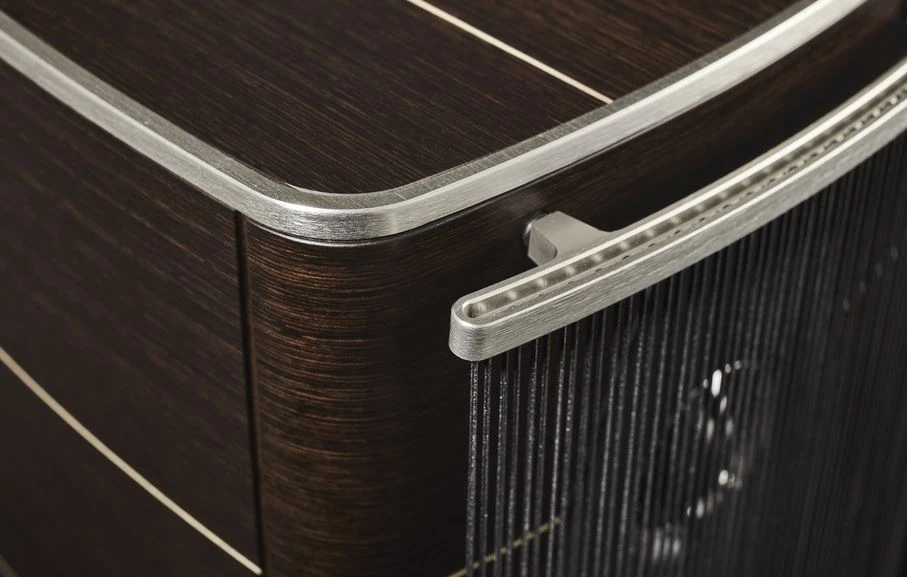
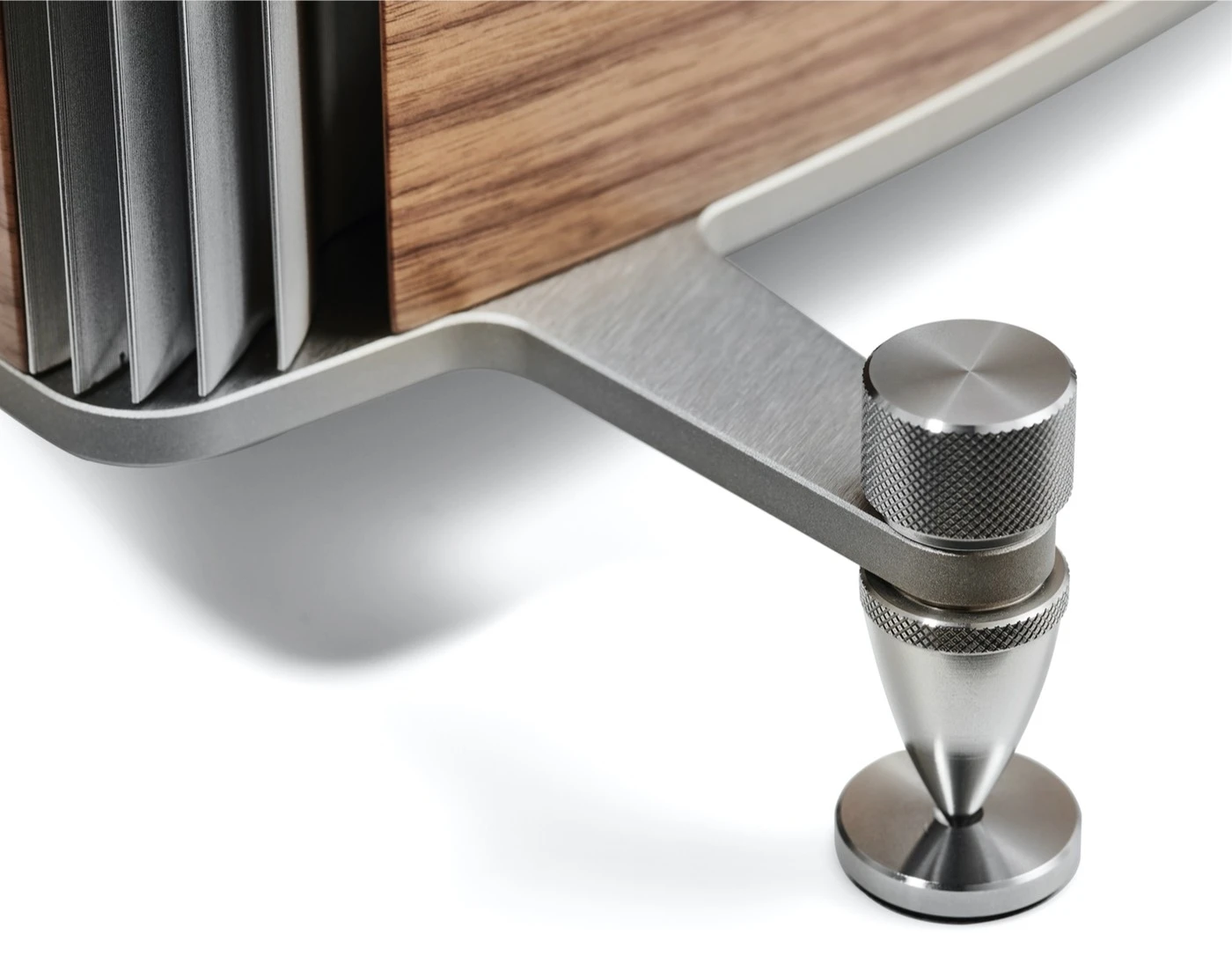
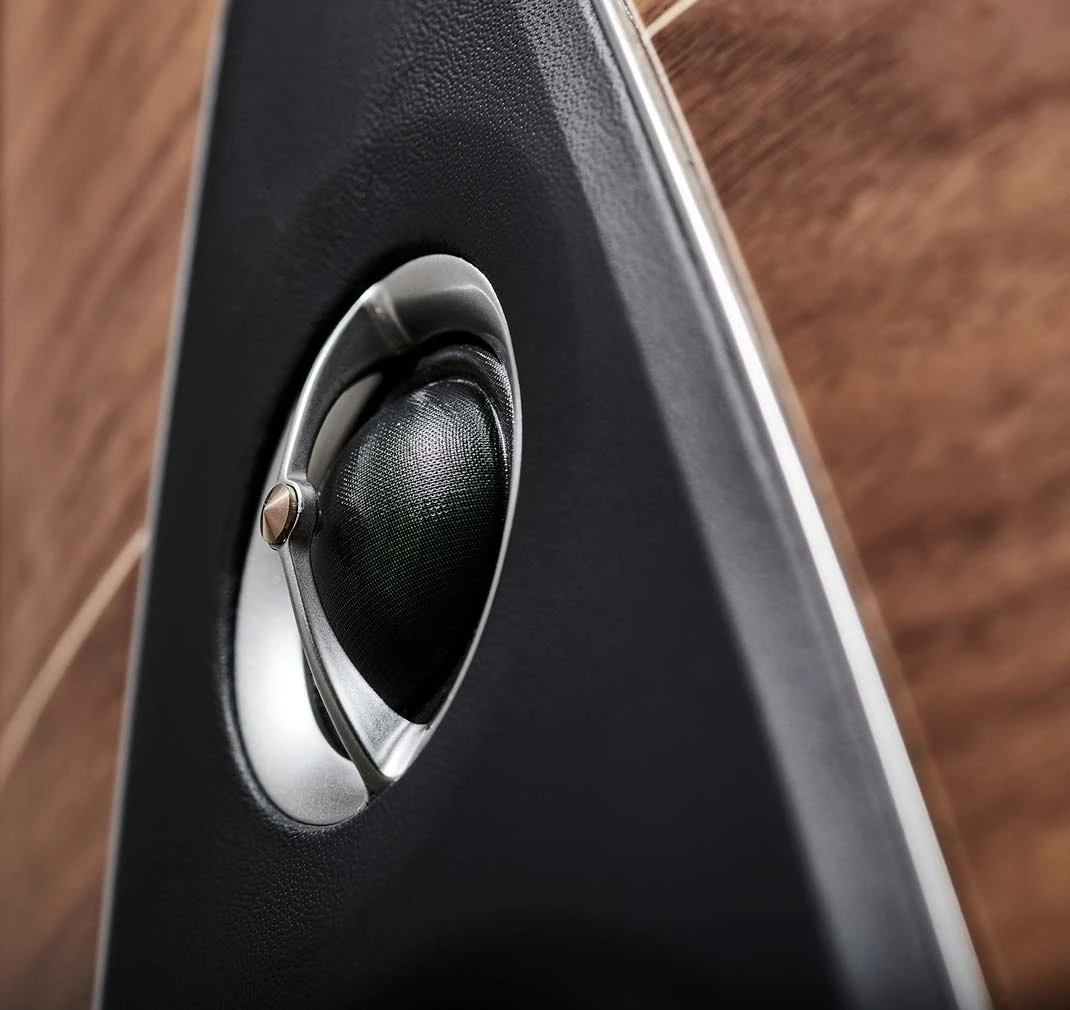
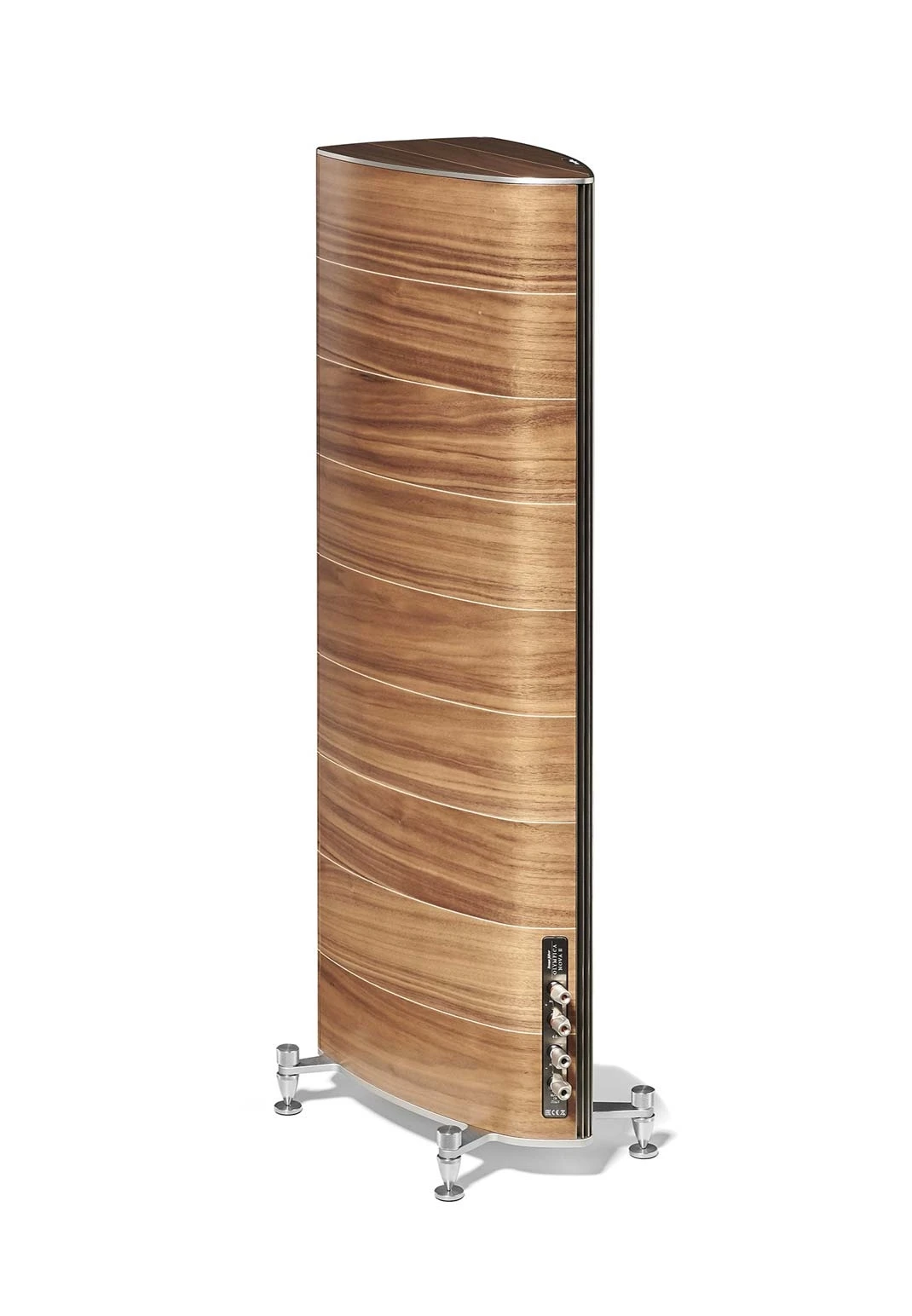
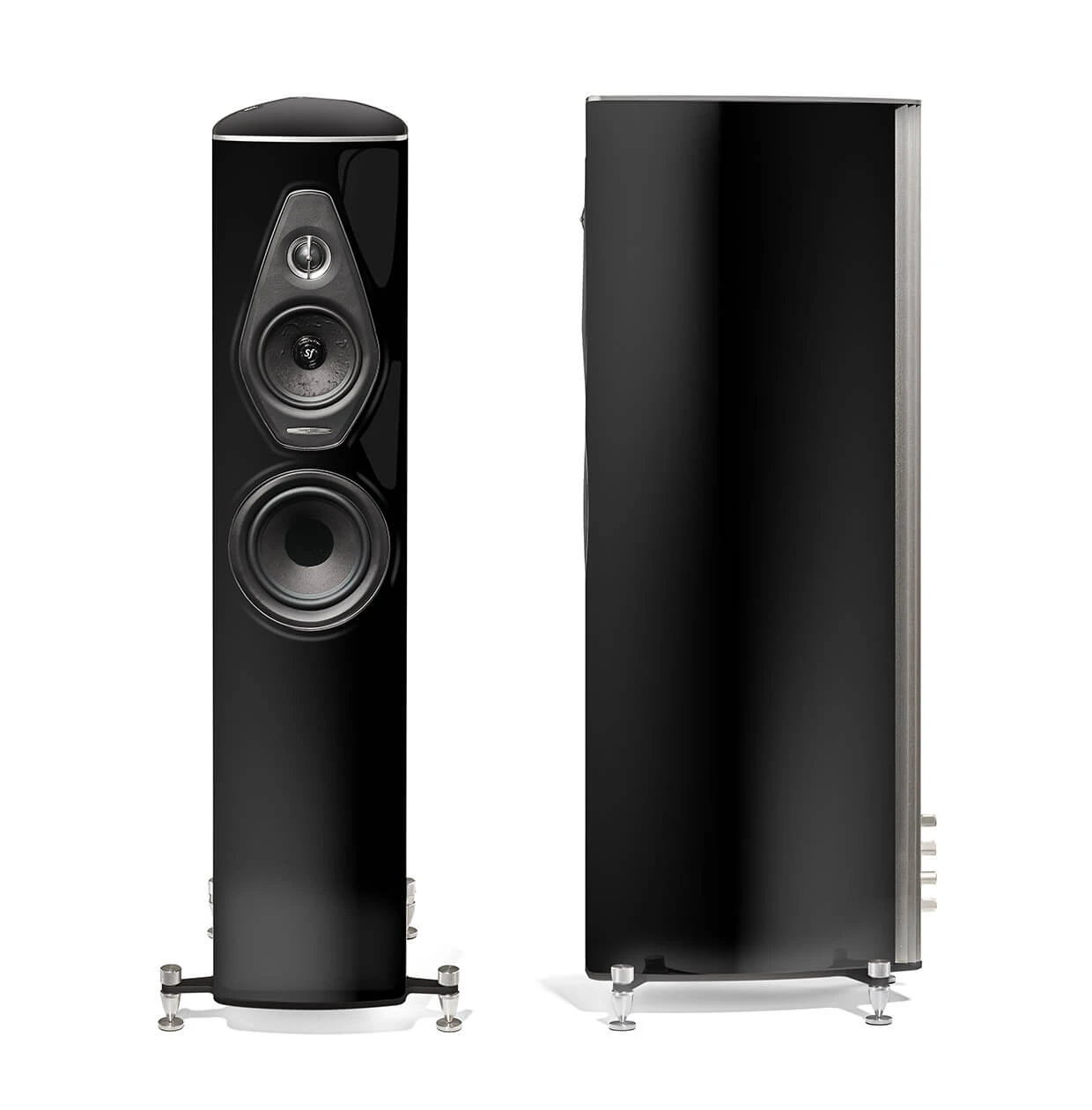
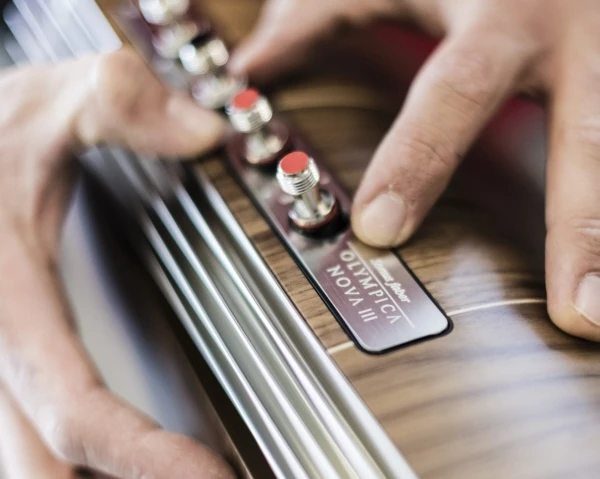

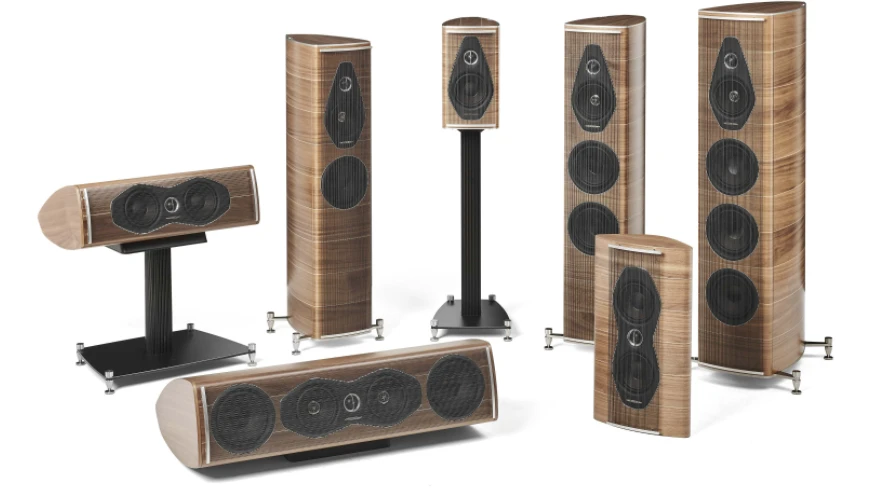
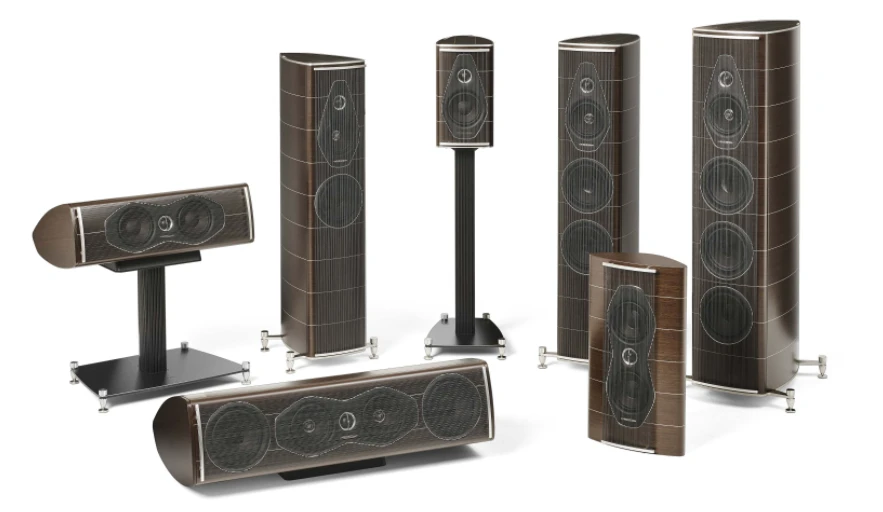


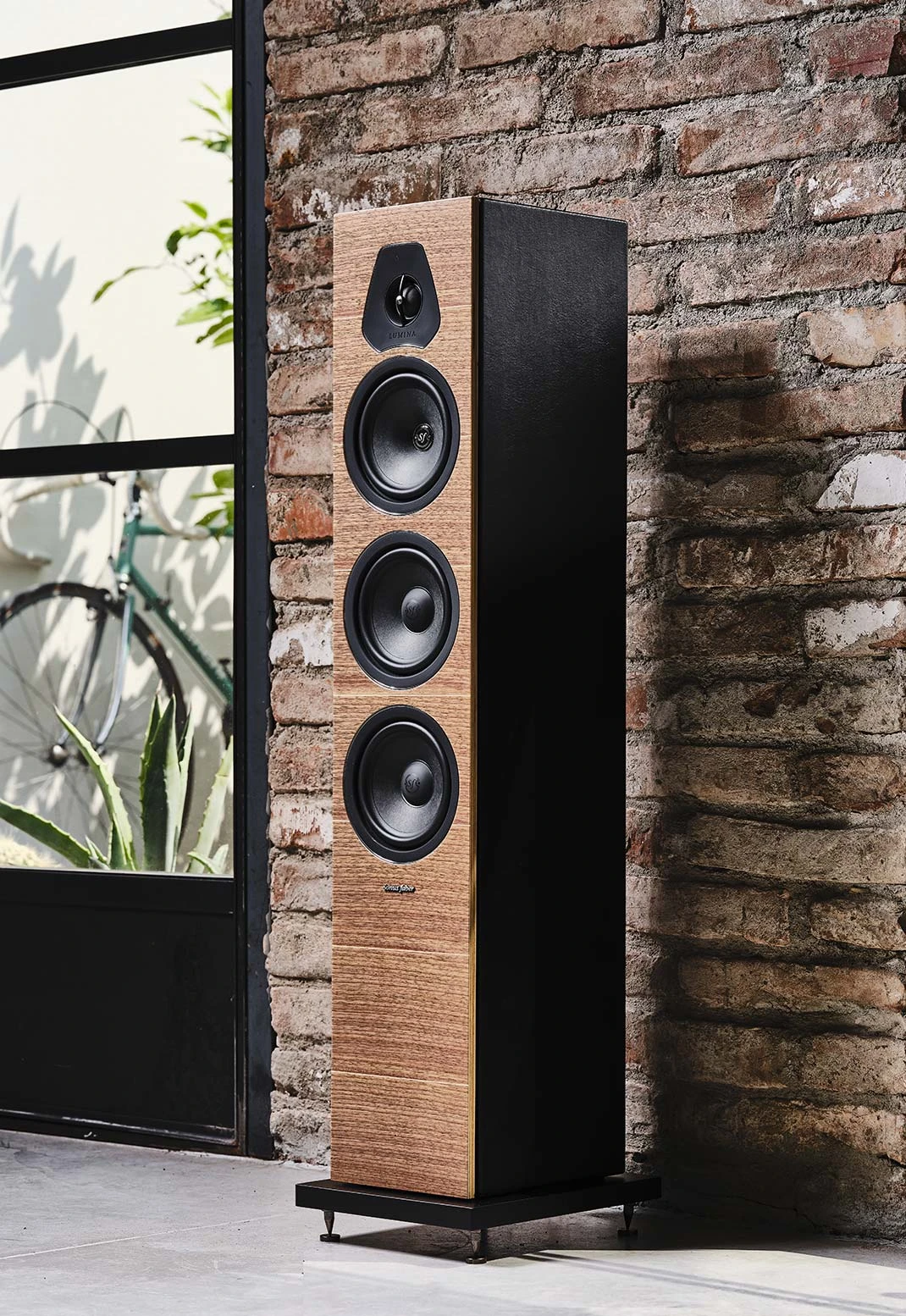

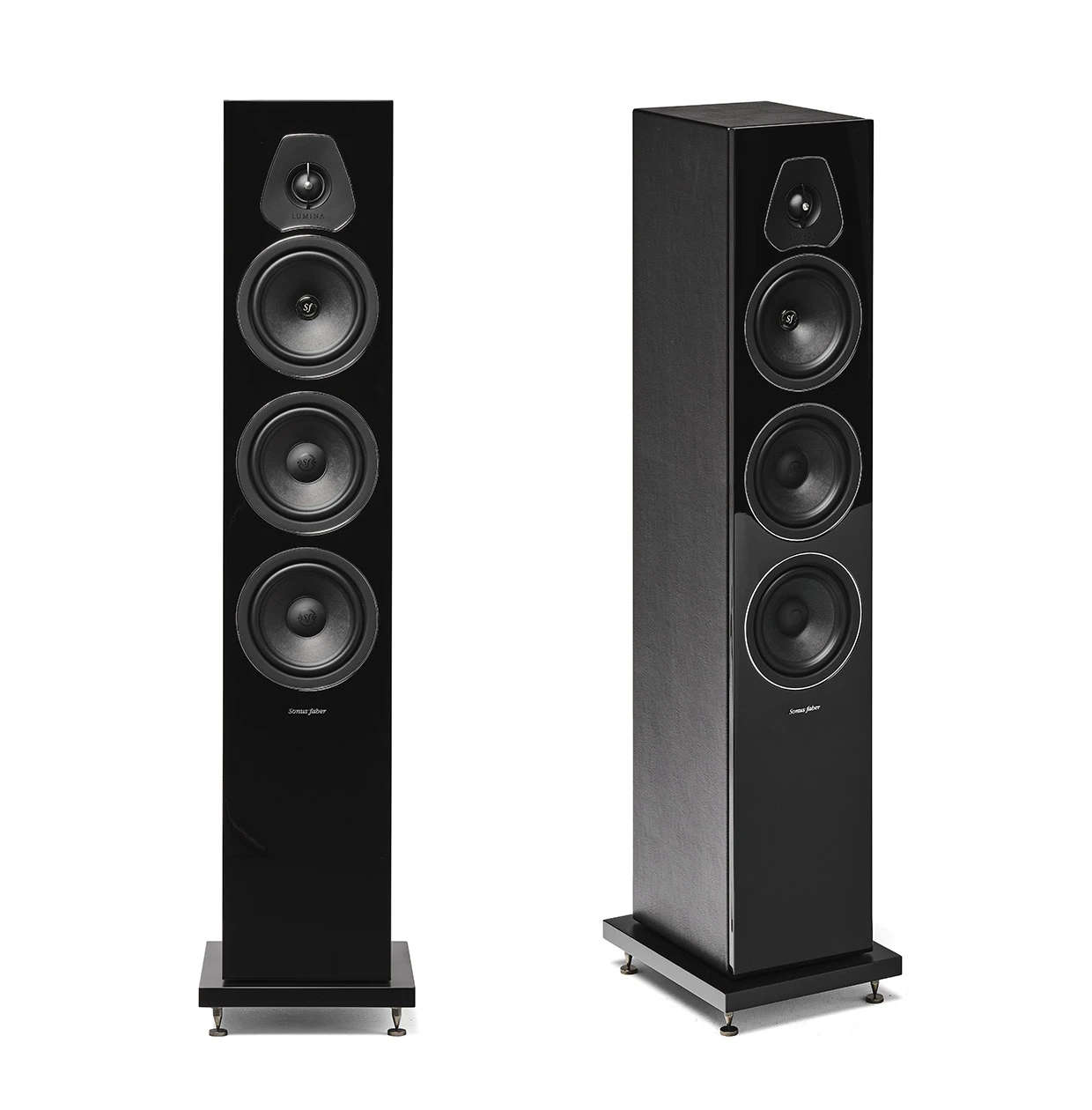

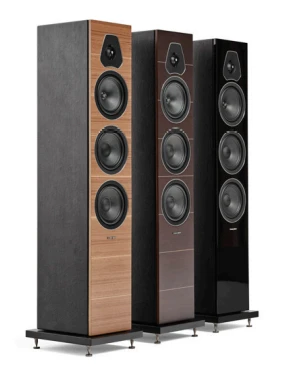

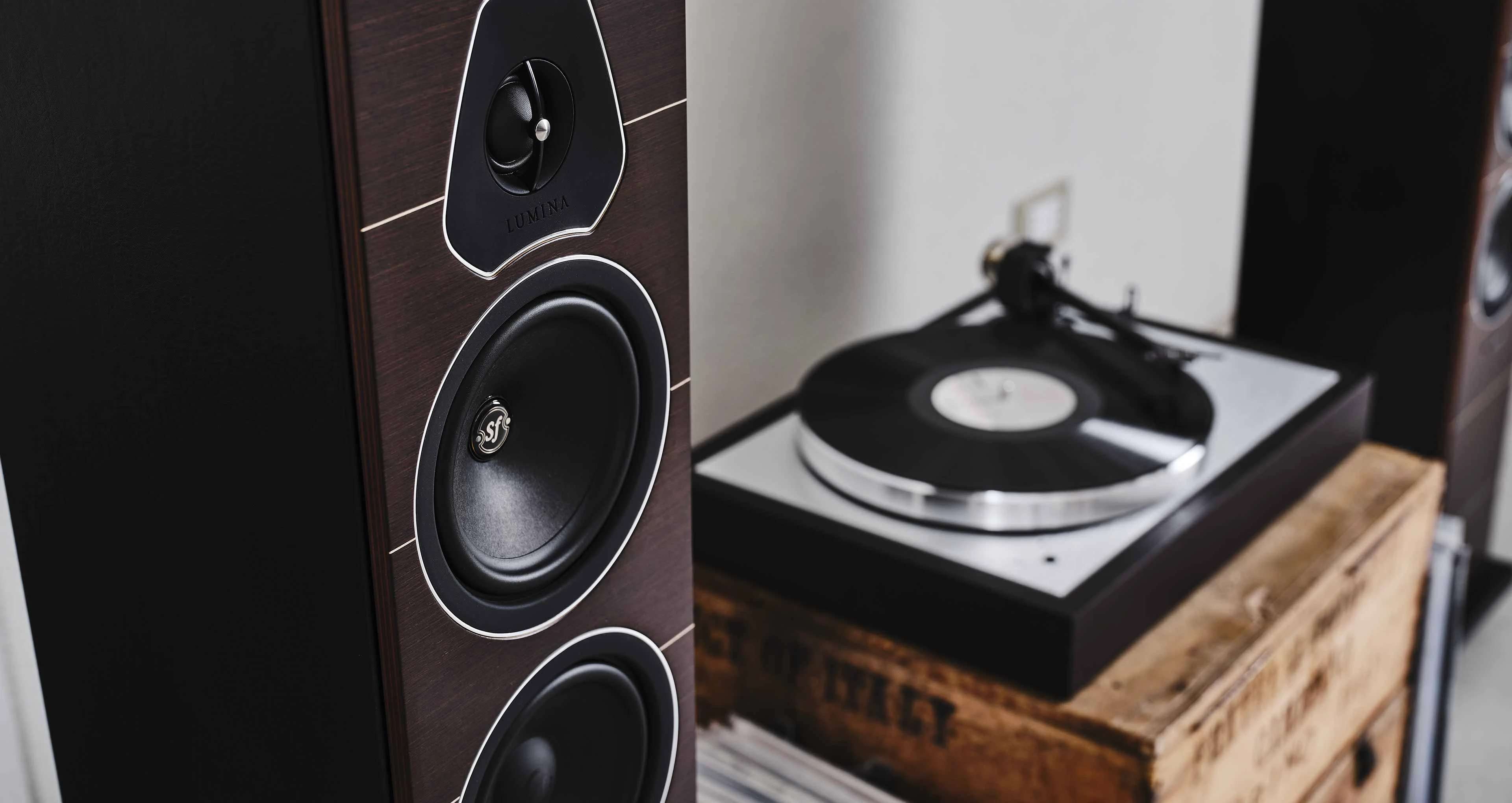
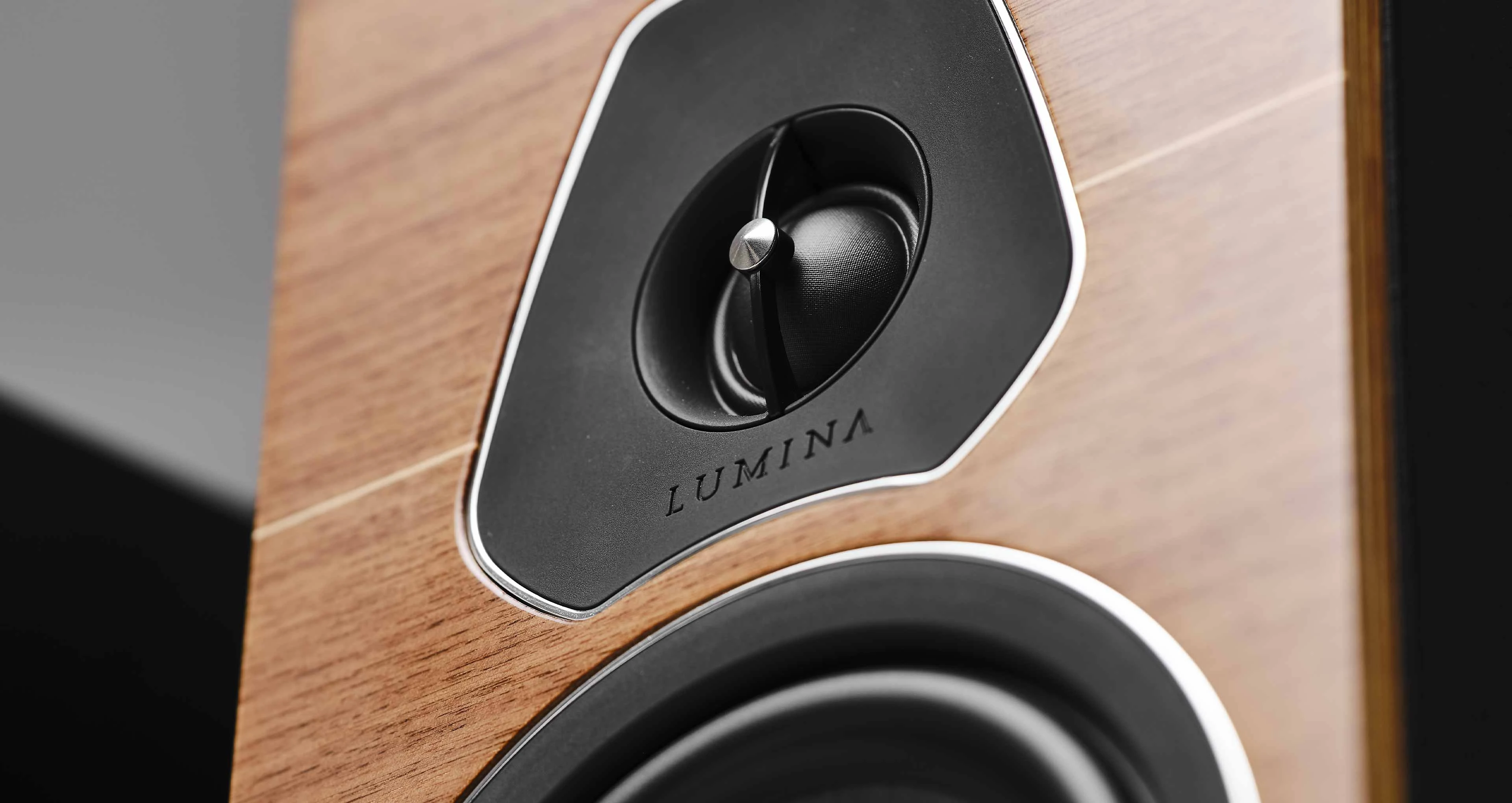


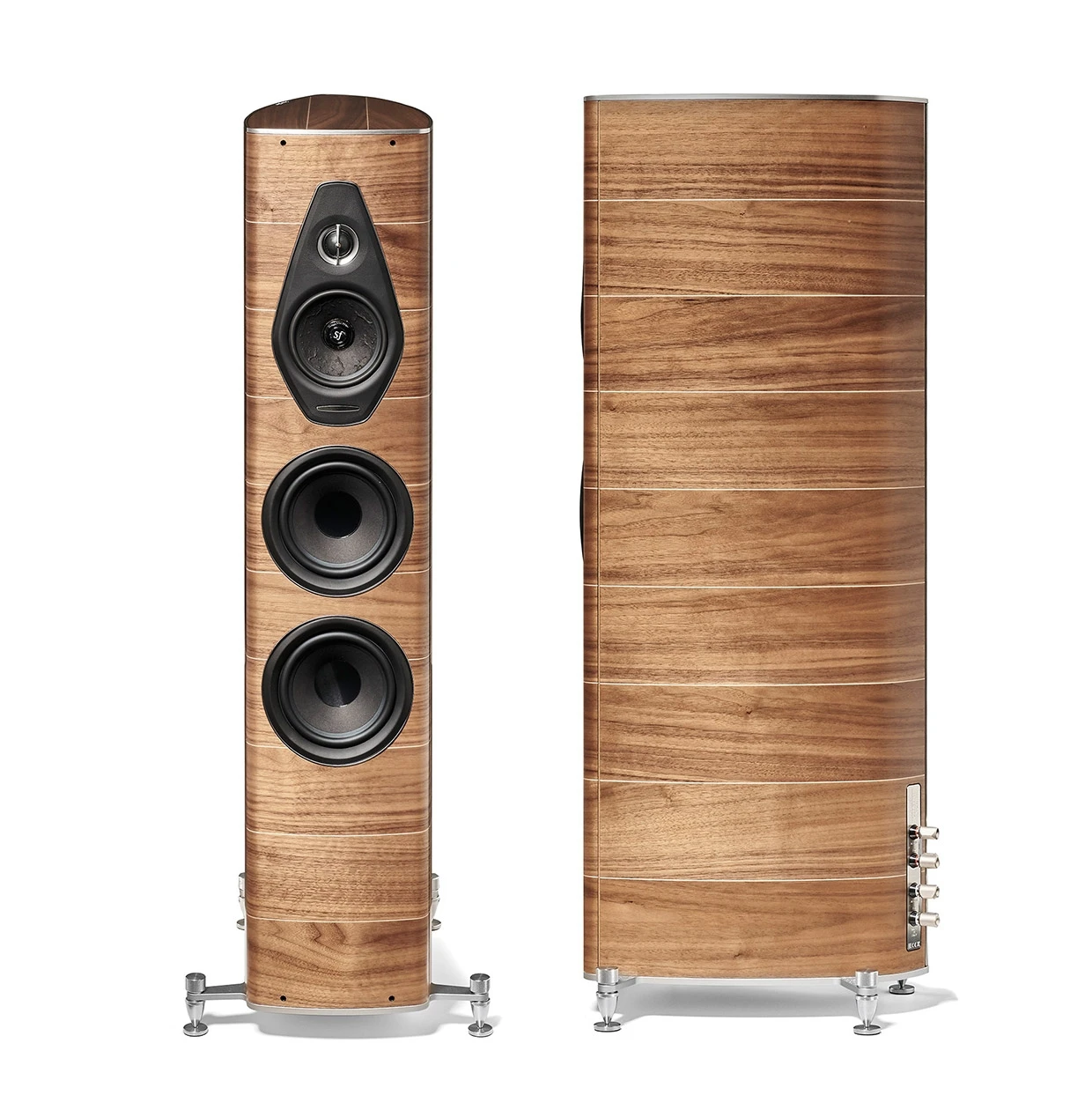
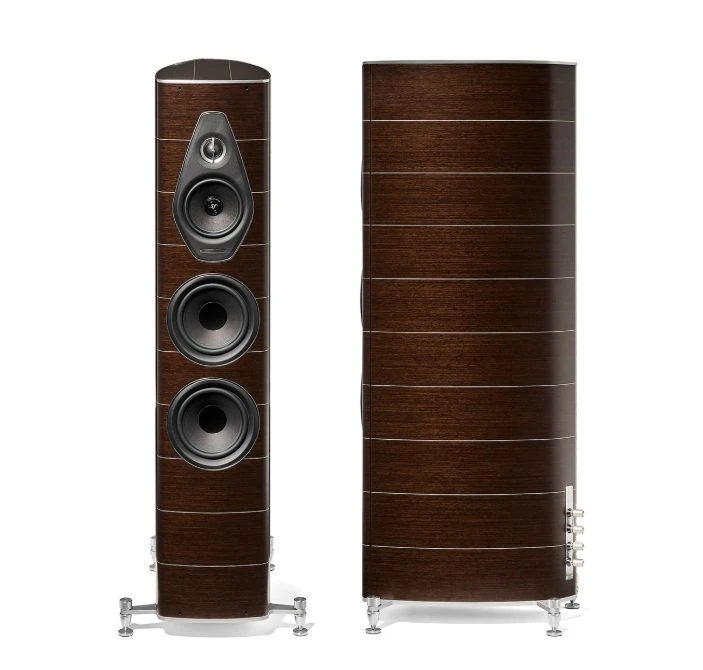
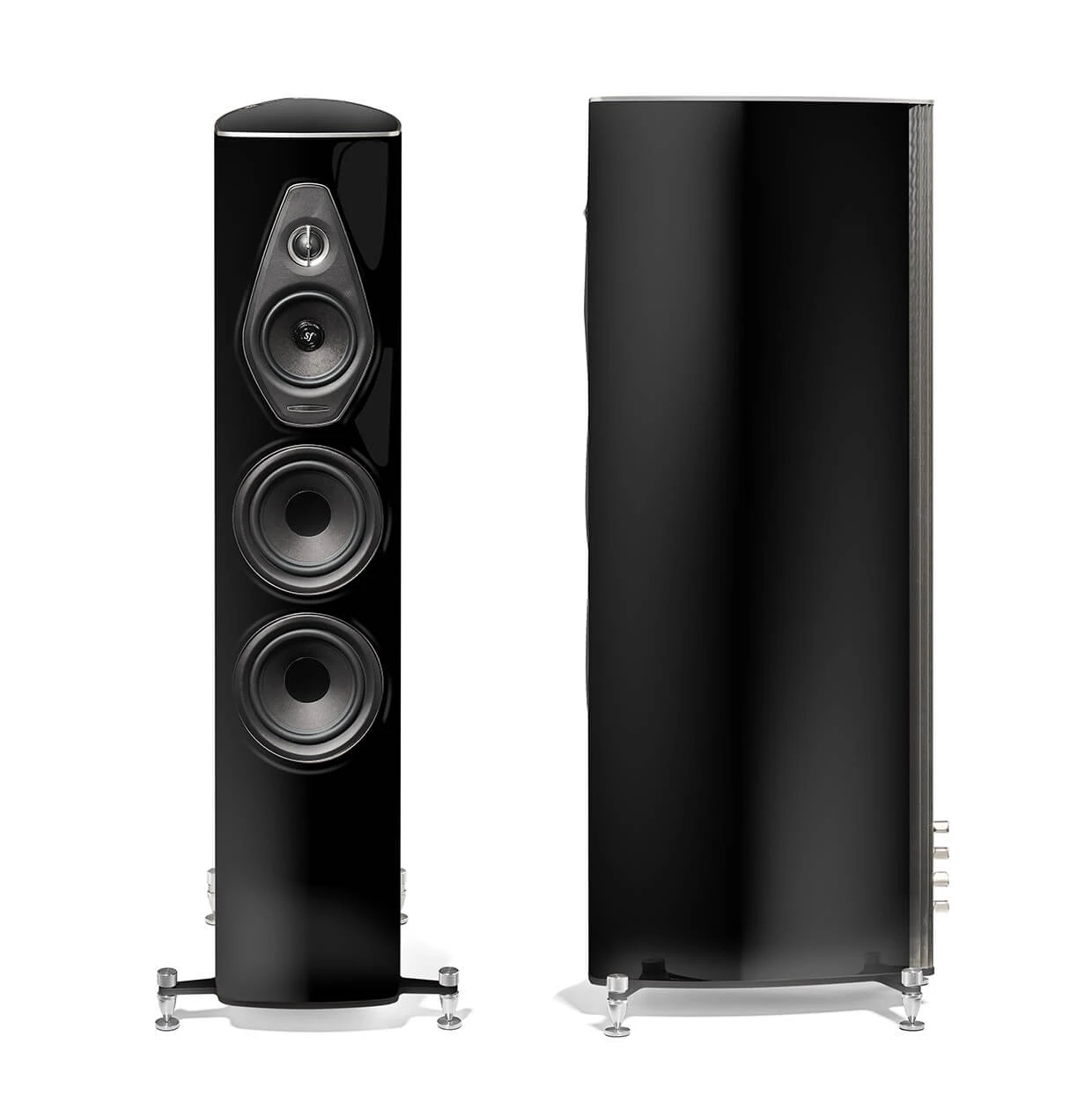
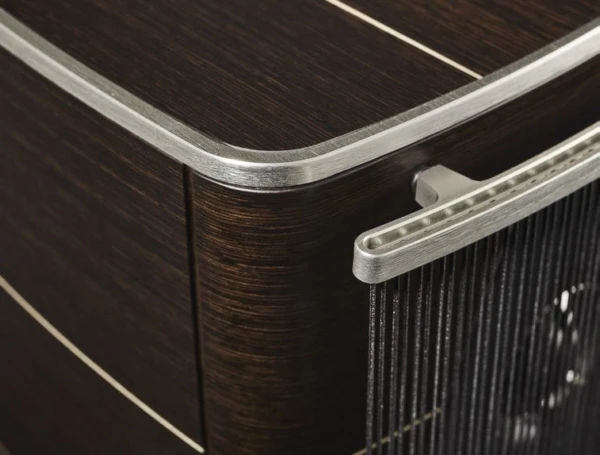
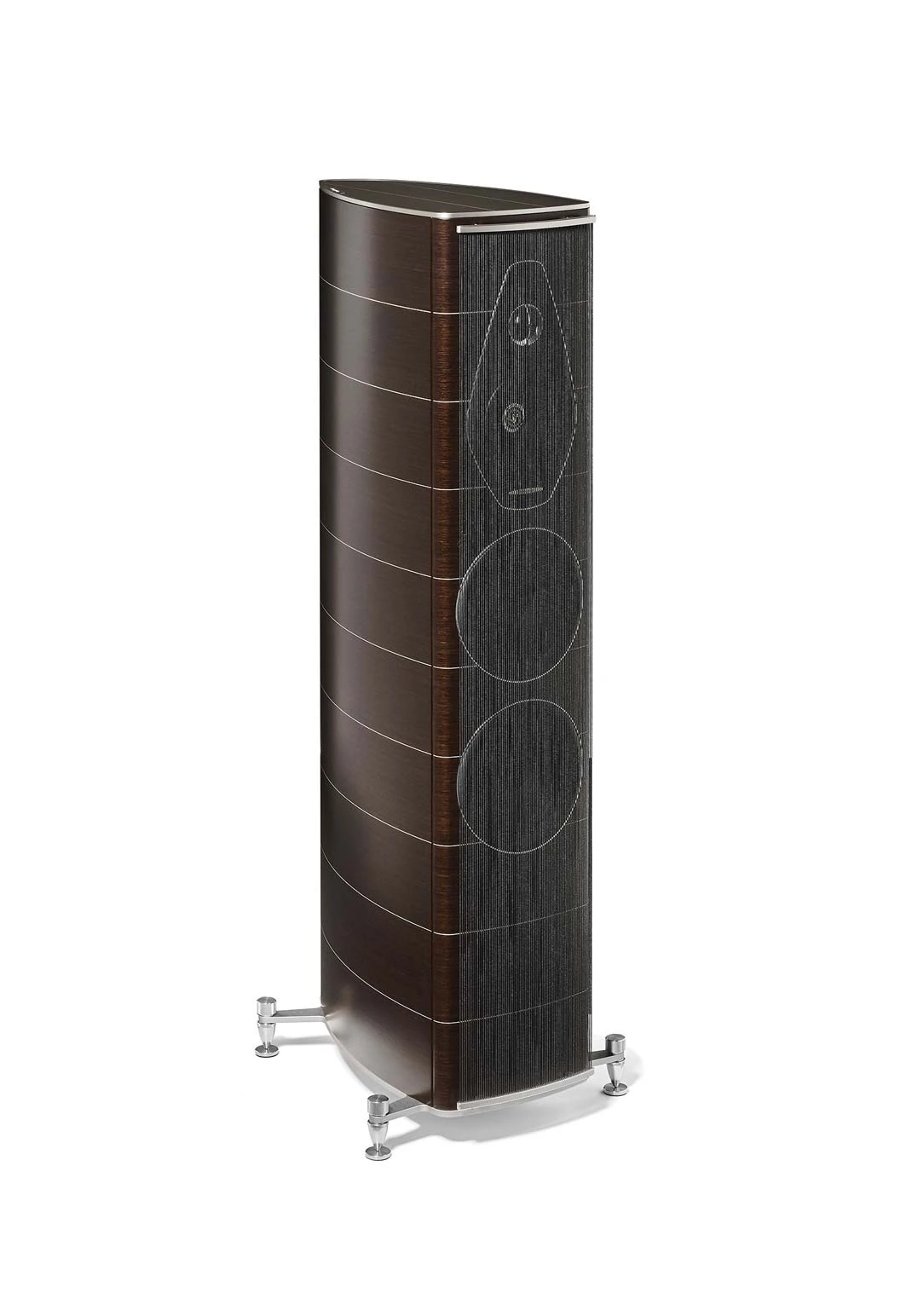




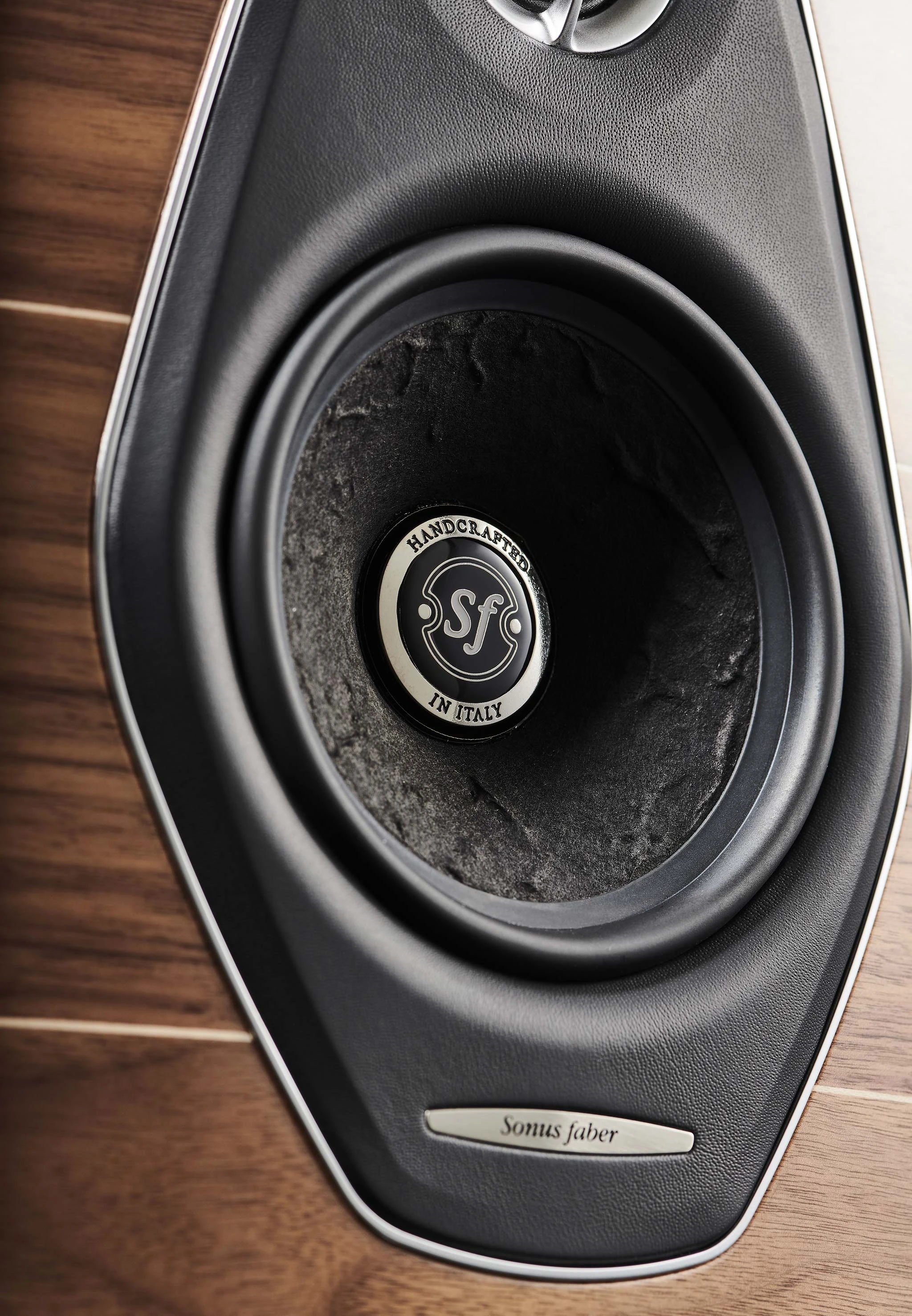




Wir sind autorisierter Händler für die im Highend Hifi Shop aufgeführten Lautsprecher und möchten unseren Kunden den bestmöglichen Service bieten.
Haben Sie Fragen oder Wünsche, möchten Sie ein Angebot oder haben Interesse an einen Hörtermin in unseren High End Studios ? Dann senden Sie uns bitte eine Nachricht. Selbstverständlich können wir nicht alle Geräte auf Lager haben, wir haben aber eine große Auswahl unserer Lieblings-Komponenten in unseren Studios vorführbereit. Falls etwas gerade nicht in unserer Demo vorhanden ist, können wir evtl. auch Testgeräte von den Herstellern bzw. Vertrieben für Sie organisieren. Für viele unserer Hifi-und High End Komponenten haben wir auch Tipps und Tuning zur Optimierung der Klangperformance parat. (Das dieses unseren Kunden vorbehalten ist, sollte aber nachvollziehbar und logisch sein.)
Wir sind fair zu unseren Kunden, bitte seien Sie ebenso fair und mißbrauchen unseren Service nicht...
Unsere besten Lautsprecher-Marken

